Disclosure: I received this camera and lenses on loan (for free) from Fujifilm to write this review.
Last month I had the opportunity to use a pre-production model of the upcoming Fujfilm GFX 50S Medium Format camera. This is not a full in-depth review, but rather some of my observations as I experienced the camera along with some sample photos I created.
First Impressions
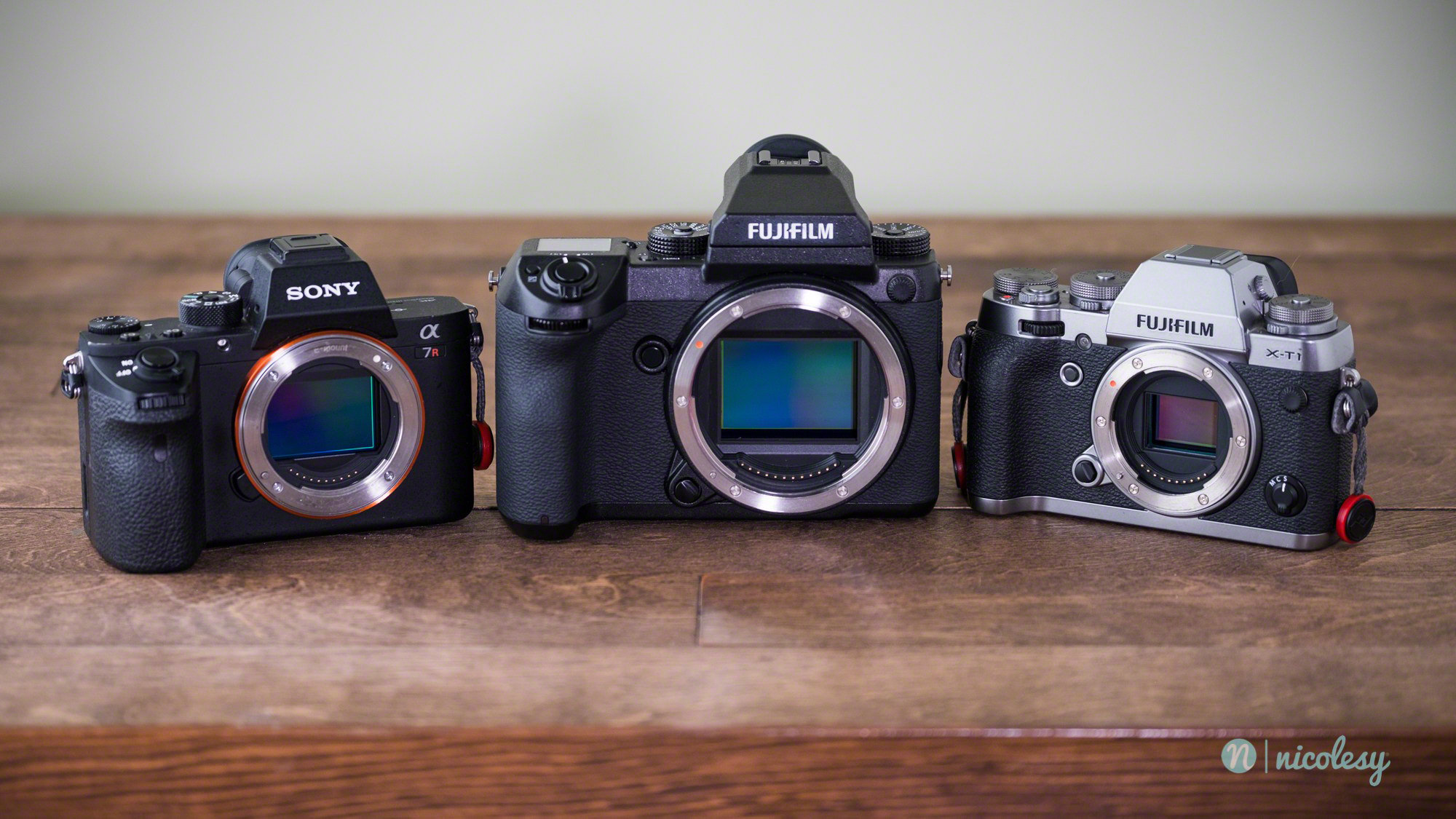
From left to right: Sony a7R (full-frame), Fujifilm GFX 50S (medium format), Fujifilm X-T1 (crop-sensor) — © Nicole S. Young (nicolesy.com)
My first impression of the camera is that the camera body and lenses is much larger than my Fujifilm X-T2, which is to be expected of a camera with such a large sensor. However, when you look at some of its DSLR medium-format counterparts, the size is actually quite small in comparison. And in terms of body size only, the camera felt very much like a DSLR (with a different “balance” to it, though). The lenses are quite large, which again, is to be expected. With a giant sensor, you need a lot of glass. I didn’t do any hand-held photography with this, but instead used a tripod (as I typically will do), and most of my images were longer exposures (either due to the low light or intentionally to add blur), and photographed at its lowest native ISO setting. (Scroll to the bottom of this post to view full-resolution sample images from this camera.)
- Fujifilm GFX 50S with the GF32-64mmF4 R LM WR lens (Note: The LCD still has the protective film on it, which is why it looks a bit smudgy) — © Nicole S. Young (nicolesy.com)
- Fujifilm GFX 50S with the GF120mmF4 R LM OIS WR Macro lens (Note: The LCD still has the protective film on it, which is why it looks a bit smudgy) — © Nicole S. Young (nicolesy.com)
- Fujifilm GFX 50S with the GF120mmF4 R LM OIS WR Macro lens (Note: The LCD still has the protective film on it, which is why it looks a bit smudgy) — © Nicole S. Young (nicolesy.com)
- Fujifilm GFX 50S with the GF120mmF4 R LM OIS WR Macro lens (Note: The LCD still has the protective film on it, which is why it looks a bit smudgy) — © Nicole S. Young (nicolesy.com)
Using the camera was second nature. I’m already familiar with the Fujifilm models, so there was little-to-no learning curve to get started with it. One dial that is not on the camera is an EV dial (something I am very accustomed to using on my X-T2). I do a lot of landscape and hand-held work, so I tend to use this dial quite often, however it was not difficult to set an fn button in the menu for a workaround. (As noted earlier, I was also using a pre-production model, so some menu settings may change for the final version). However this type of dial is likely not as important for those using the camera in a studio or controlled-lighting environment.
Who is this camera for?
I would say that this camera is for a serious studio photographer. (I use “studio” as a broad term for someone who photographs on-set or in locations with a larger production value, such as fashion, portraits, commercial, etc.) Full-time stock photographers may also find this to be a suitable camera, allowing for larger sizes to license to their clients.
I tested it out in the field with landscapes, and I had no problem with the camera itself, it is quite bulky to lug around. Granted, its weight is not much more than when I was using a DSLR for my landscape work, but since I have migrated to Fujifilm X Series cameras for the majority of my work, this felt pretty big. I also prefer a lighter camera body and lenses, so I don’t think I would want to haul this around while traveling.
I did, however, have a chance to test it with some food photography. If client-based food photography and other studio work were my sole focus then I would consider this camera for that part of my business. I didn’t have a chance to test it with studio lights or off-camera flash, so I can’t speak to that, however I do believe that this would be an excellent choice for someone who does do studio-type work for their profession.
- Fujifilm GFX 50S with the GF63mmF2.8 R WR lens and battery — © Nicole S. Young (nicolesy.com)
- Fujifilm GFX 50S with the GF63mmF2.8 R WR lens — © Nicole S. Young (nicolesy.com)
- Fujifilm GFX 50S with the GF32-64mmF4 R LM WR lens — © Nicole S. Young (nicolesy.com)
- Fujifilm GFX 50S with the GF120mmF4 R LM OIS WR Macro lens — © Nicole S. Young (nicolesy.com)
- The Fujifilm GFX 50S alongside the Fujifilm X-T1 — © Nicole S. Young (nicolesy.com)
- The Fujifilm GFX 50S — © Nicole S. Young (nicolesy.com)
- The Fujifilm GFX 50S and dual SD card slots — © Nicole S. Young (nicolesy.com)
- The Fujifilm GFX 50S (bottom, possible battery grip contacts?) — © Nicole S. Young (nicolesy.com)
- The Fujifilm GFX 50S, vertical articulating screen — © Nicole S. Young (nicolesy.com)
- The Fujifilm GFX 50S, horizontal articulating screen — © Nicole S. Young (nicolesy.com)
- The Fujifilm GFX 50S (back side) — © Nicole S. Young (nicolesy.com)
- The Fujifilm GFX 50S (battery slot) — © Nicole S. Young (nicolesy.com)
- The Fujifilm GFX 50S — © Nicole S. Young (nicolesy.com)
- The Fujifilm GFX 50S — © Nicole S. Young (nicolesy.com)
- The Fujifilm GFX 50S — © Nicole S. Young (nicolesy.com)
Sample Photographs
Here are some full-resolution sample JPEG photographs from the Fujifilm GFX 50S, edited from the Raw images with light processing in Lightroom. Please note that I was using a pre-production version of the camera, and the Raw processing is still not yet fully-functional (I also did not have camera profile or lens profiles to use with these images).
- Fujifilm GFX 50S, Fujifilm GF120mmF4 R LM OIS WR lens, 4.3 sec at ƒ/16, ISO 100 — © Nicole S. Young (nicolesy.com)
- Fujifilm GFX 50S, Fujifilm GF120mmF4 R LM OIS WR lens, 4 sec at ƒ/16, ISO 100 — © Nicole S. Young (nicolesy.com)
- Fujifilm GFX 50S, Fujifilm GF32-64mmF4 R LM WR lens, 1.5 sec at ƒ/11, ISO 100 — © Nicole S. Young (nicolesy.com)
- Fujifilm GFX 50S, Fujifilm GF32-64mmF4 R LM WR lens, 0.7 sec at ƒ/11, ISO 100 — © Nicole S. Young (nicolesy.com)
- Fujifilm GFX 50S, Fujifilm GF120mmF4 R LM OIS WR lens, 30 sec at ƒ/11, ISO 100 — © Nicole S. Young (nicolesy.com)
- Fujifilm GFX 50S, Fujifilm GF120mmF4 R LM OIS WR lens, 0.5 sec at ƒ/29, ISO 100 — © Nicole S. Young (nicolesy.com)
- Fujifilm GFX 50S, Fujifilm GF120mmF4 R LM OIS WR lens, 4.3 sec at ƒ/8, ISO 100 — © Nicole S. Young (nicolesy.com)
Disclosure: I received this camera and lenses on loan (for free) from Fujifilm to write this review.
Last month I had the opportunity to use a pre-production model of the upcoming Fujfilm GFX 50S Medium Format camera. This is not a full in-depth review, but rather some of my observations as I experienced the camera along with some sample photos I created.
First Impressions

From left to right: Sony a7R (full-frame), Fujifilm GFX 50S (medium format), Fujifilm X-T1 (crop-sensor) — © Nicole S. Young (nicolesy.com)
My first impression of the camera is that the camera body and lenses is much larger than my Fujifilm X-T2, which is to be expected of a camera with such a large sensor. However, when you look at some of its DSLR medium-format counterparts, the size is actually quite small in comparison. And in terms of body size only, the camera felt very much like a DSLR (with a different “balance” to it, though). The lenses are quite large, which again, is to be expected. With a giant sensor, you need a lot of glass. I didn’t do any hand-held photography with this, but instead used a tripod (as I typically will do), and most of my images were longer exposures (either due to the low light or intentionally to add blur), and photographed at its lowest native ISO setting. (Scroll to the bottom of this post to view full-resolution sample images from this camera.)
- Fujifilm GFX 50S with the GF32-64mmF4 R LM WR lens (Note: The LCD still has the protective film on it, which is why it looks a bit smudgy) — © Nicole S. Young (nicolesy.com)
- Fujifilm GFX 50S with the GF120mmF4 R LM OIS WR Macro lens (Note: The LCD still has the protective film on it, which is why it looks a bit smudgy) — © Nicole S. Young (nicolesy.com)
- Fujifilm GFX 50S with the GF120mmF4 R LM OIS WR Macro lens (Note: The LCD still has the protective film on it, which is why it looks a bit smudgy) — © Nicole S. Young (nicolesy.com)
- Fujifilm GFX 50S with the GF120mmF4 R LM OIS WR Macro lens (Note: The LCD still has the protective film on it, which is why it looks a bit smudgy) — © Nicole S. Young (nicolesy.com)
Using the camera was second nature. I’m already familiar with the Fujifilm models, so there was little-to-no learning curve to get started with it. One dial that is not on the camera is an EV dial (something I am very accustomed to using on my X-T2). I do a lot of landscape and hand-held work, so I tend to use this dial quite often, however it was not difficult to set an fn button in the menu for a workaround. (As noted earlier, I was also using a pre-production model, so some menu settings may change for the final version). However this type of dial is likely not as important for those using the camera in a studio or controlled-lighting environment.
Who is this camera for?
I would say that this camera is for a serious studio photographer. (I use “studio” as a broad term for someone who photographs on-set or in locations with a larger production value, such as fashion, portraits, commercial, etc.) Full-time stock photographers may also find this to be a suitable camera, allowing for larger sizes to license to their clients.
I tested it out in the field with landscapes, and I had no problem with the camera itself, it is quite bulky to lug around. Granted, its weight is not much more than when I was using a DSLR for my landscape work, but since I have migrated to Fujifilm X Series cameras for the majority of my work, this felt pretty big. I also prefer a lighter camera body and lenses, so I don’t think I would want to haul this around while traveling.
I did, however, have a chance to test it with some food photography. If client-based food photography and other studio work were my sole focus then I would consider this camera for that part of my business. I didn’t have a chance to test it with studio lights or off-camera flash, so I can’t speak to that, however I do believe that this would be an excellent choice for someone who does do studio-type work for their profession.
- Fujifilm GFX 50S with the GF63mmF2.8 R WR lens and battery — © Nicole S. Young (nicolesy.com)
- Fujifilm GFX 50S with the GF63mmF2.8 R WR lens — © Nicole S. Young (nicolesy.com)
- Fujifilm GFX 50S with the GF32-64mmF4 R LM WR lens — © Nicole S. Young (nicolesy.com)
- Fujifilm GFX 50S with the GF120mmF4 R LM OIS WR Macro lens — © Nicole S. Young (nicolesy.com)
- The Fujifilm GFX 50S alongside the Fujifilm X-T1 — © Nicole S. Young (nicolesy.com)
- The Fujifilm GFX 50S — © Nicole S. Young (nicolesy.com)
- The Fujifilm GFX 50S and dual SD card slots — © Nicole S. Young (nicolesy.com)
- The Fujifilm GFX 50S (bottom, possible battery grip contacts?) — © Nicole S. Young (nicolesy.com)
- The Fujifilm GFX 50S, vertical articulating screen — © Nicole S. Young (nicolesy.com)
- The Fujifilm GFX 50S, horizontal articulating screen — © Nicole S. Young (nicolesy.com)
- The Fujifilm GFX 50S (back side) — © Nicole S. Young (nicolesy.com)
- The Fujifilm GFX 50S (battery slot) — © Nicole S. Young (nicolesy.com)
- The Fujifilm GFX 50S — © Nicole S. Young (nicolesy.com)
- The Fujifilm GFX 50S — © Nicole S. Young (nicolesy.com)
- The Fujifilm GFX 50S — © Nicole S. Young (nicolesy.com)
Sample Photographs
Here are some full-resolution sample JPEG photographs from the Fujifilm GFX 50S, edited from the Raw images with light processing in Lightroom. Please note that I was using a pre-production version of the camera, and the Raw processing is still not yet fully-functional (I also did not have camera profile or lens profiles to use with these images).
- Fujifilm GFX 50S, Fujifilm GF120mmF4 R LM OIS WR lens, 4.3 sec at ƒ/16, ISO 100 — © Nicole S. Young (nicolesy.com)
- Fujifilm GFX 50S, Fujifilm GF120mmF4 R LM OIS WR lens, 4 sec at ƒ/16, ISO 100 — © Nicole S. Young (nicolesy.com)
- Fujifilm GFX 50S, Fujifilm GF32-64mmF4 R LM WR lens, 1.5 sec at ƒ/11, ISO 100 — © Nicole S. Young (nicolesy.com)
- Fujifilm GFX 50S, Fujifilm GF32-64mmF4 R LM WR lens, 0.7 sec at ƒ/11, ISO 100 — © Nicole S. Young (nicolesy.com)
- Fujifilm GFX 50S, Fujifilm GF120mmF4 R LM OIS WR lens, 30 sec at ƒ/11, ISO 100 — © Nicole S. Young (nicolesy.com)
- Fujifilm GFX 50S, Fujifilm GF120mmF4 R LM OIS WR lens, 0.5 sec at ƒ/29, ISO 100 — © Nicole S. Young (nicolesy.com)
- Fujifilm GFX 50S, Fujifilm GF120mmF4 R LM OIS WR lens, 4.3 sec at ƒ/8, ISO 100 — © Nicole S. Young (nicolesy.com)

Nicole is a photographer, published author, and educator specializing in Lightroom, Photoshop, and photography. She is best known for her books on food photography but is widely versed in various photographic genres, including landscape, nature, stock, travel, and experimental imagery.


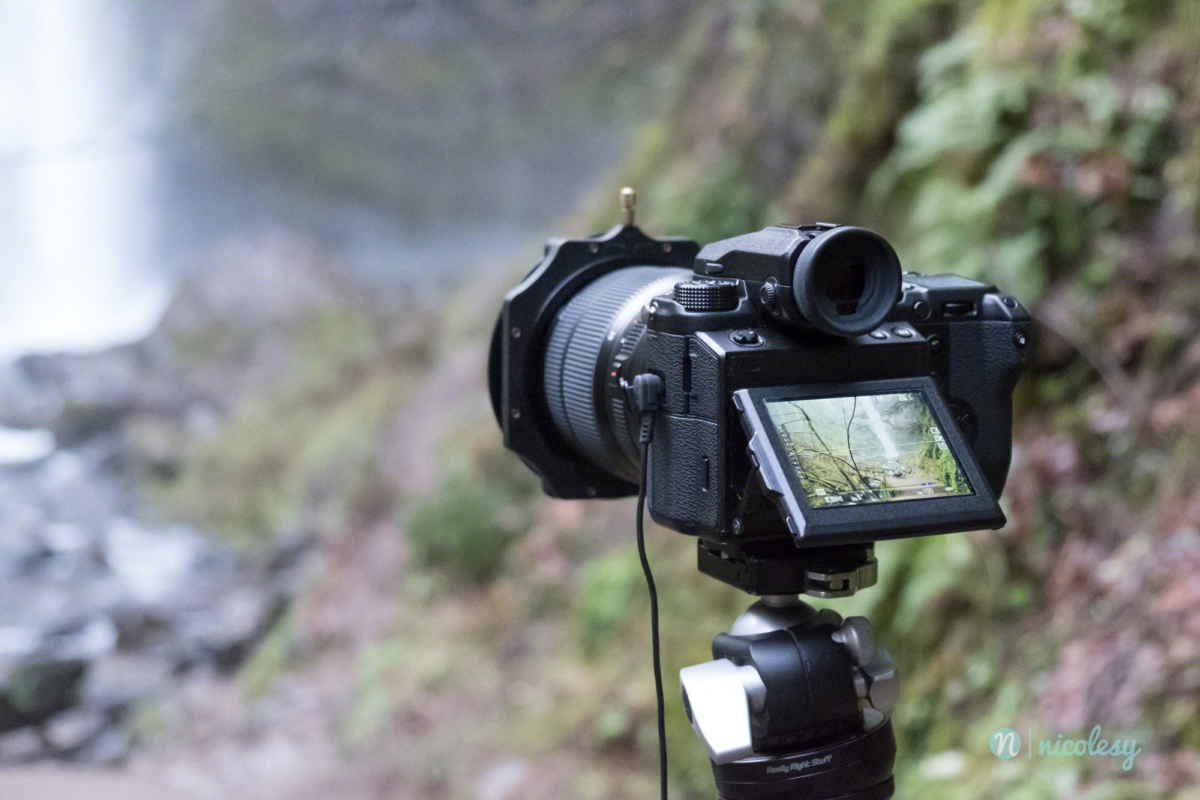
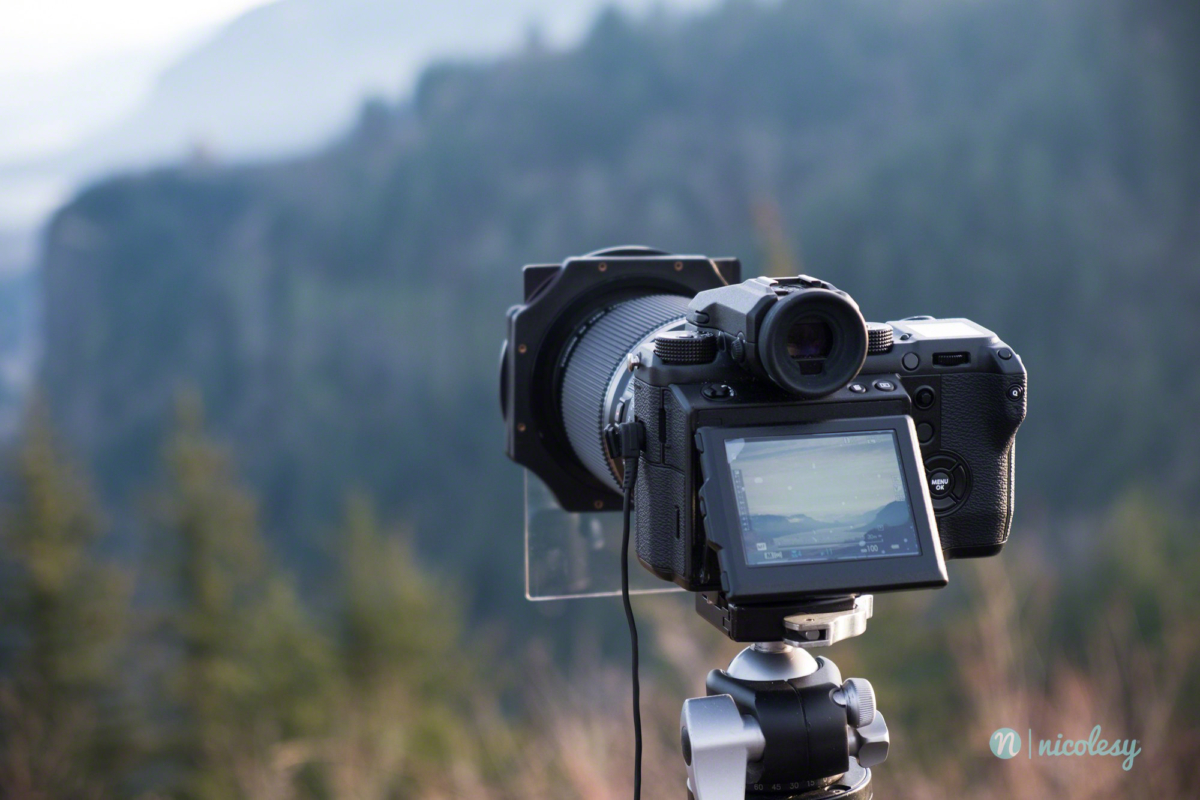
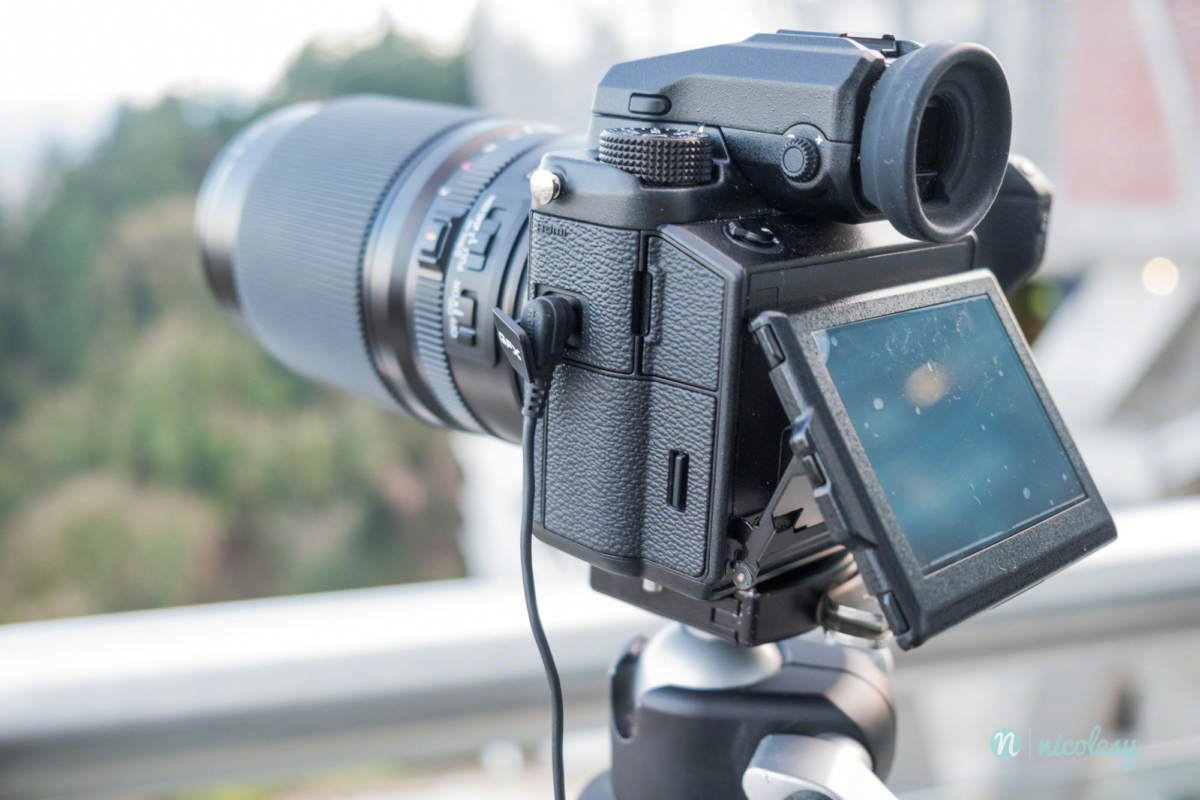
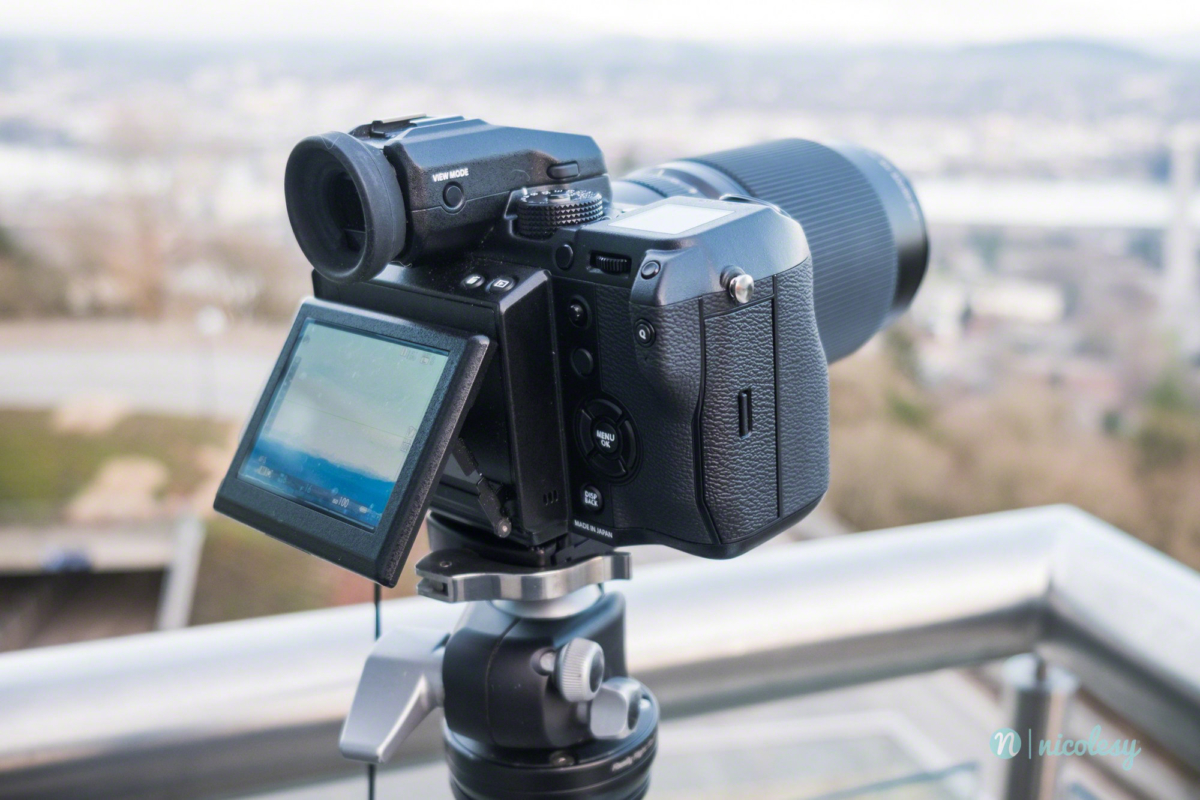
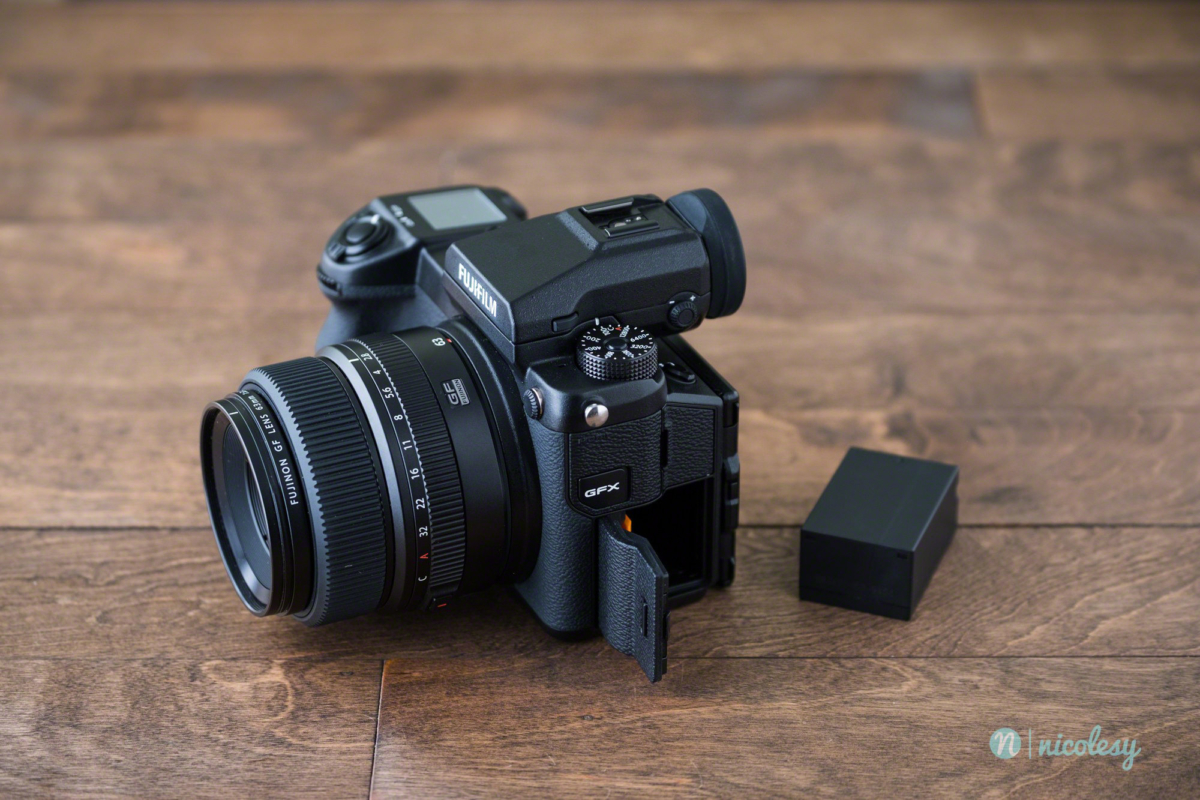
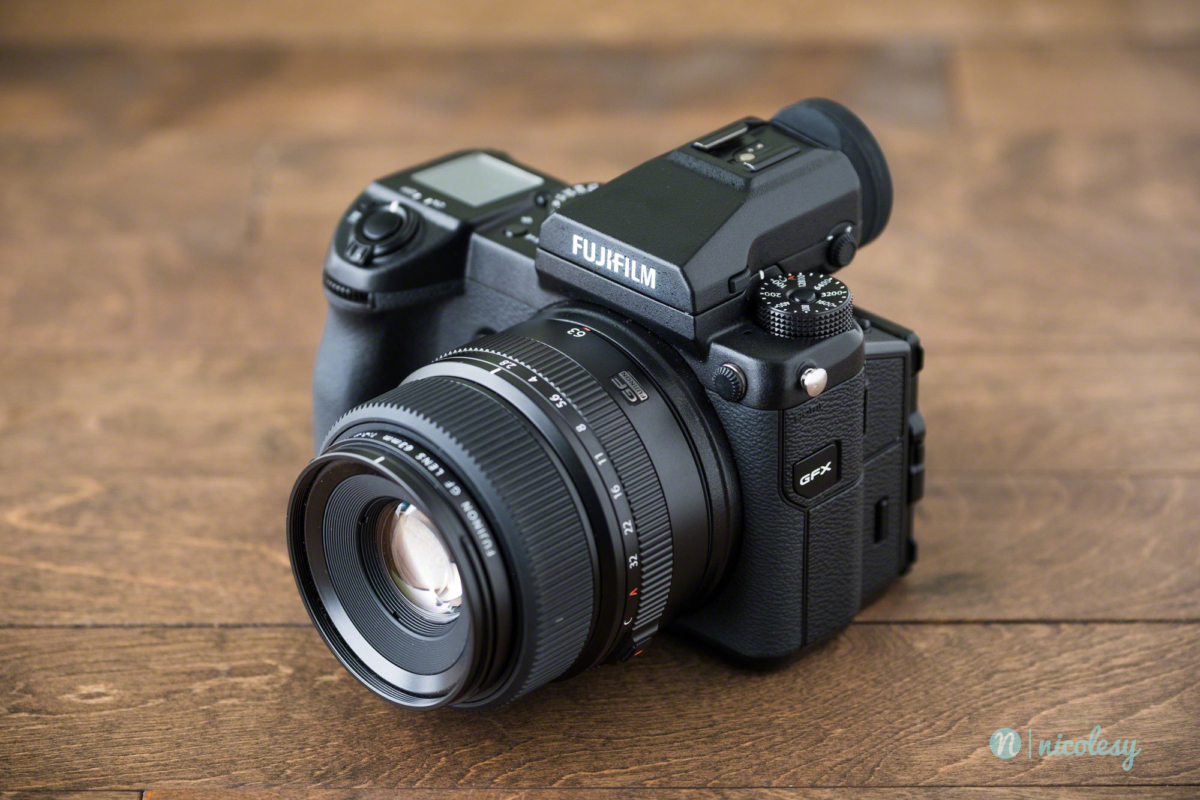
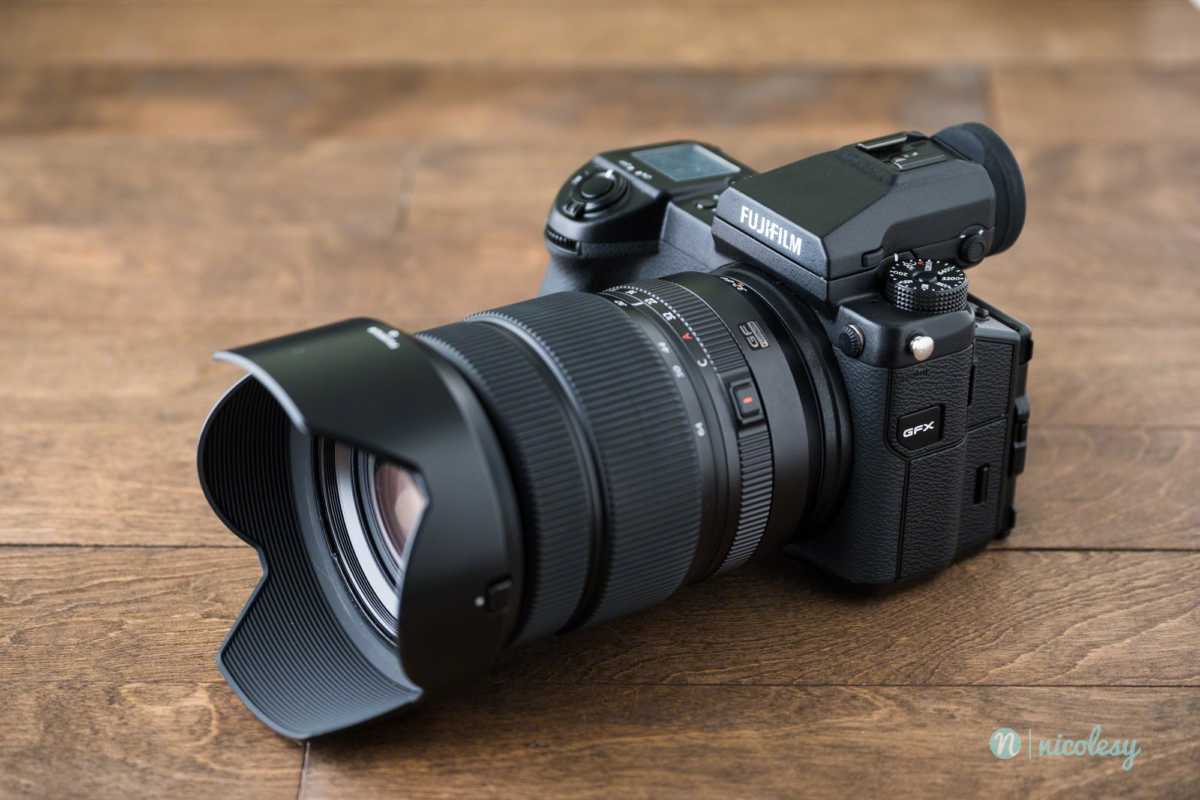
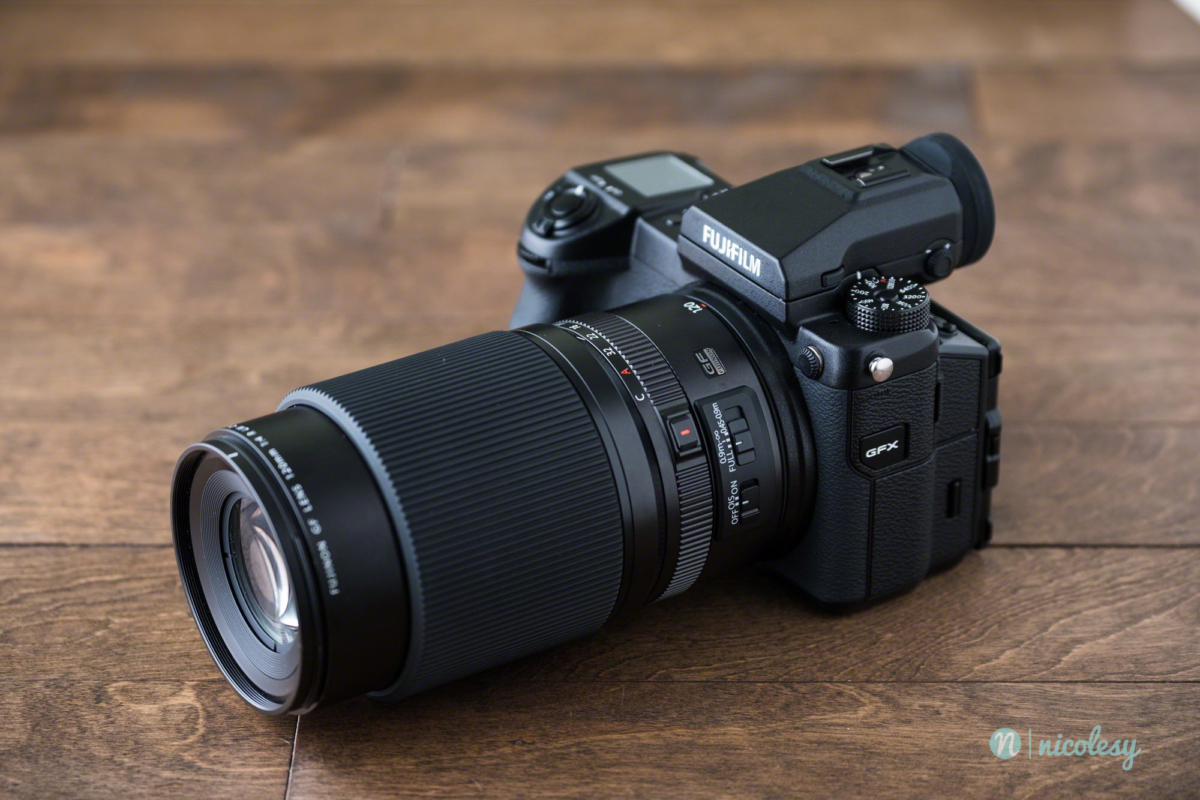
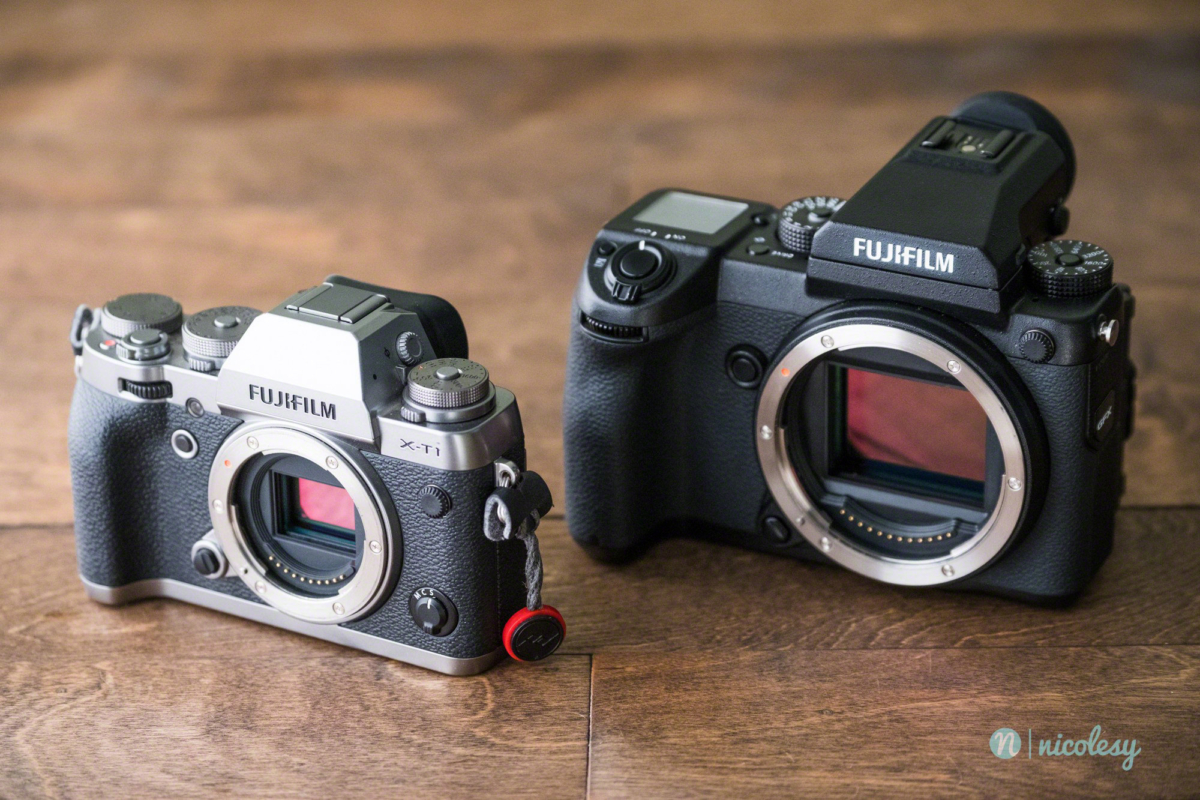
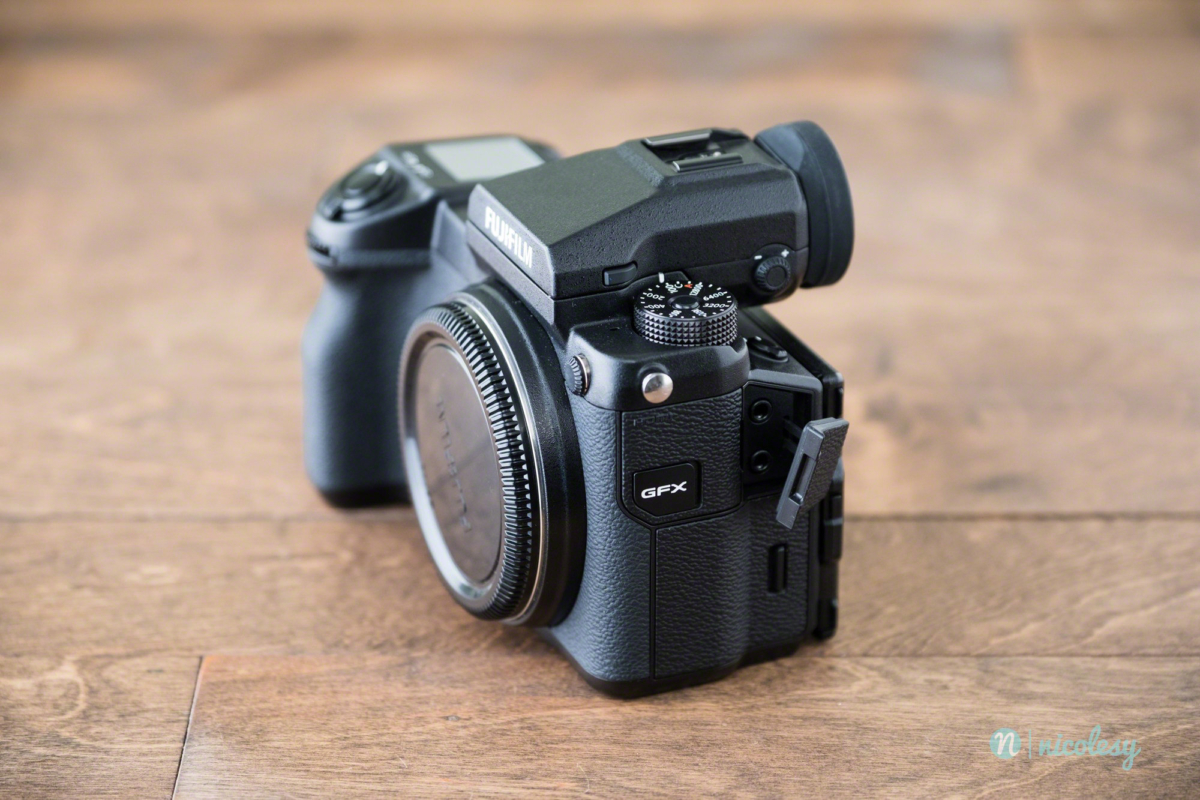
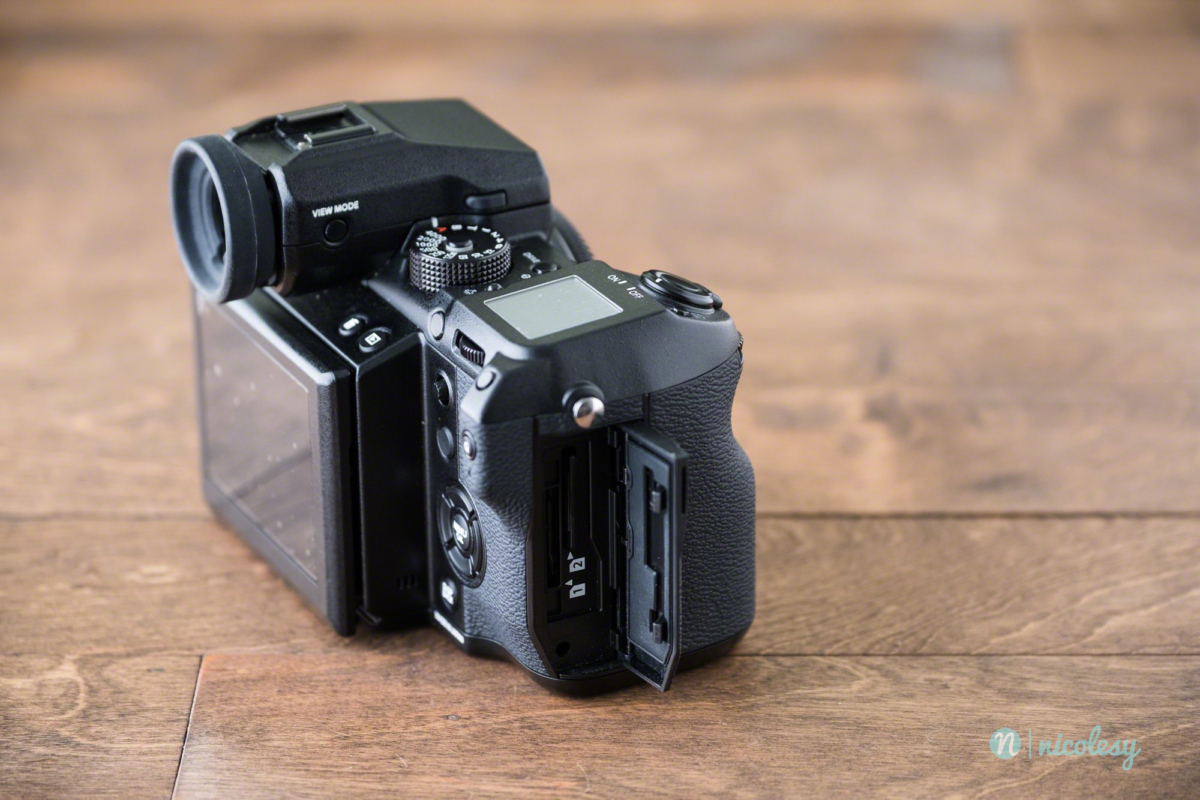
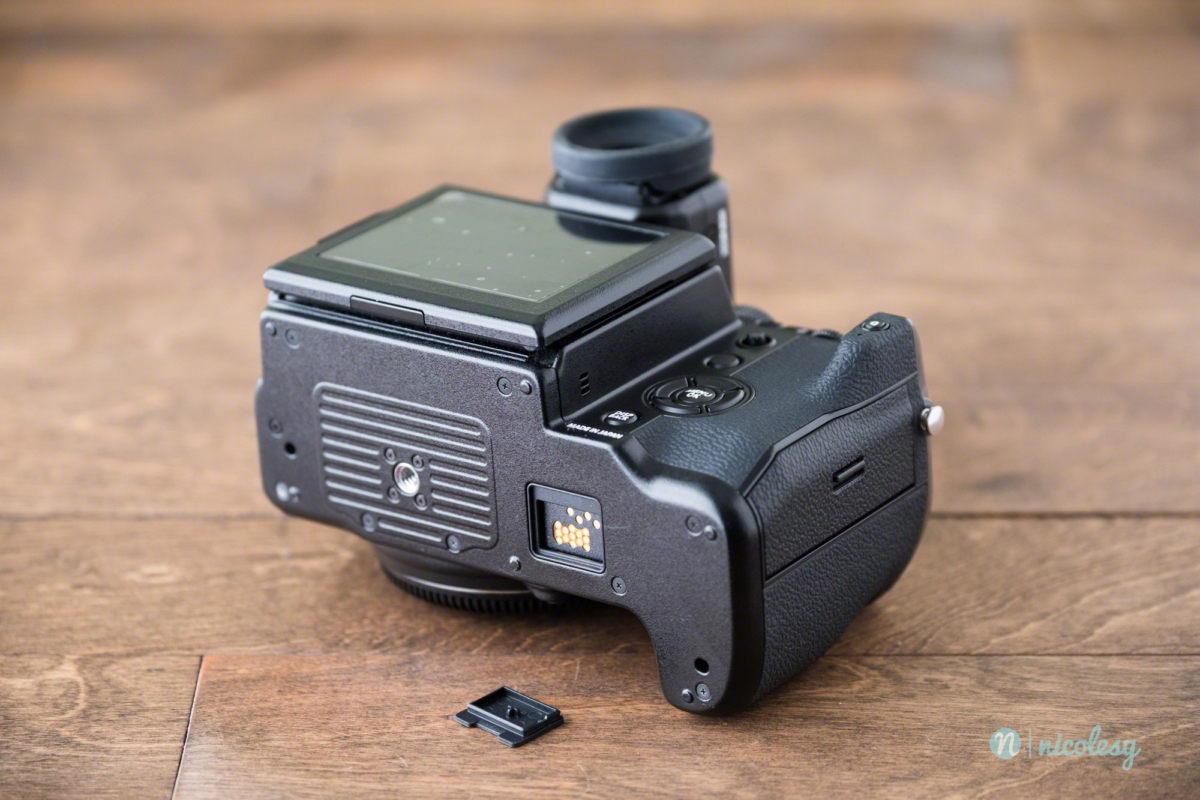
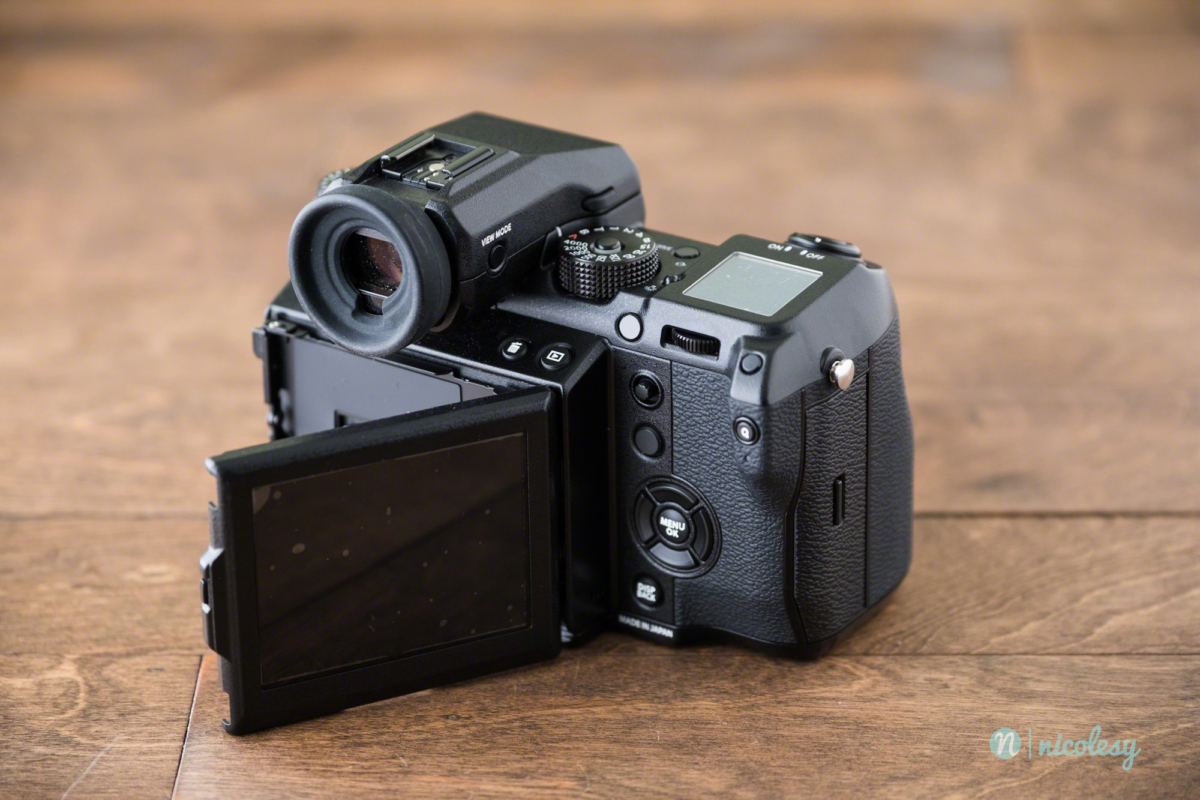
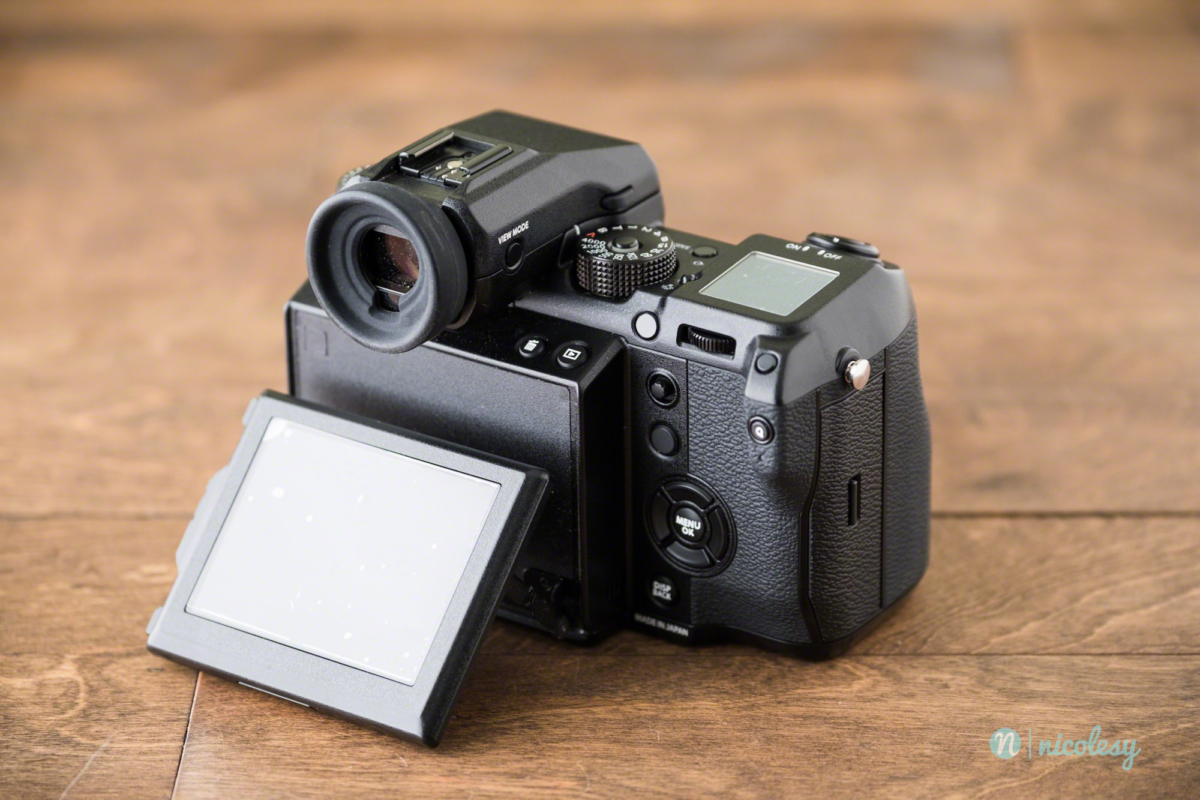
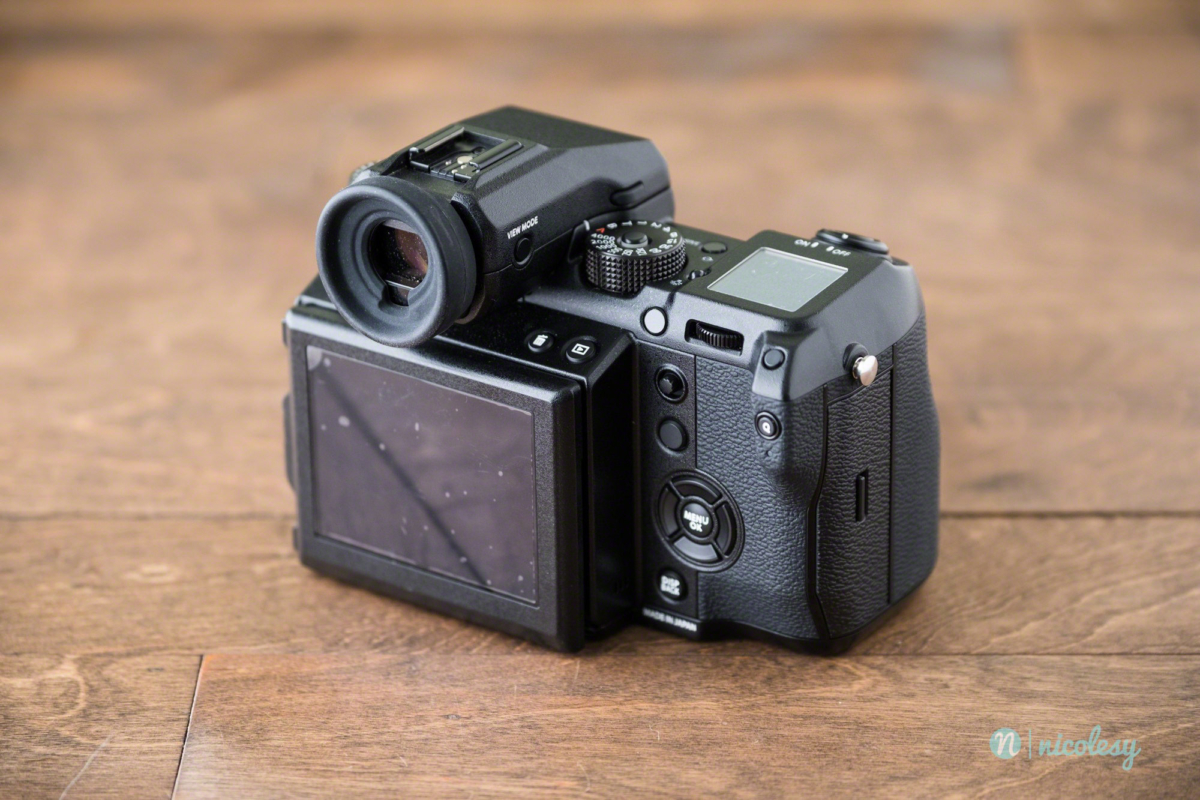

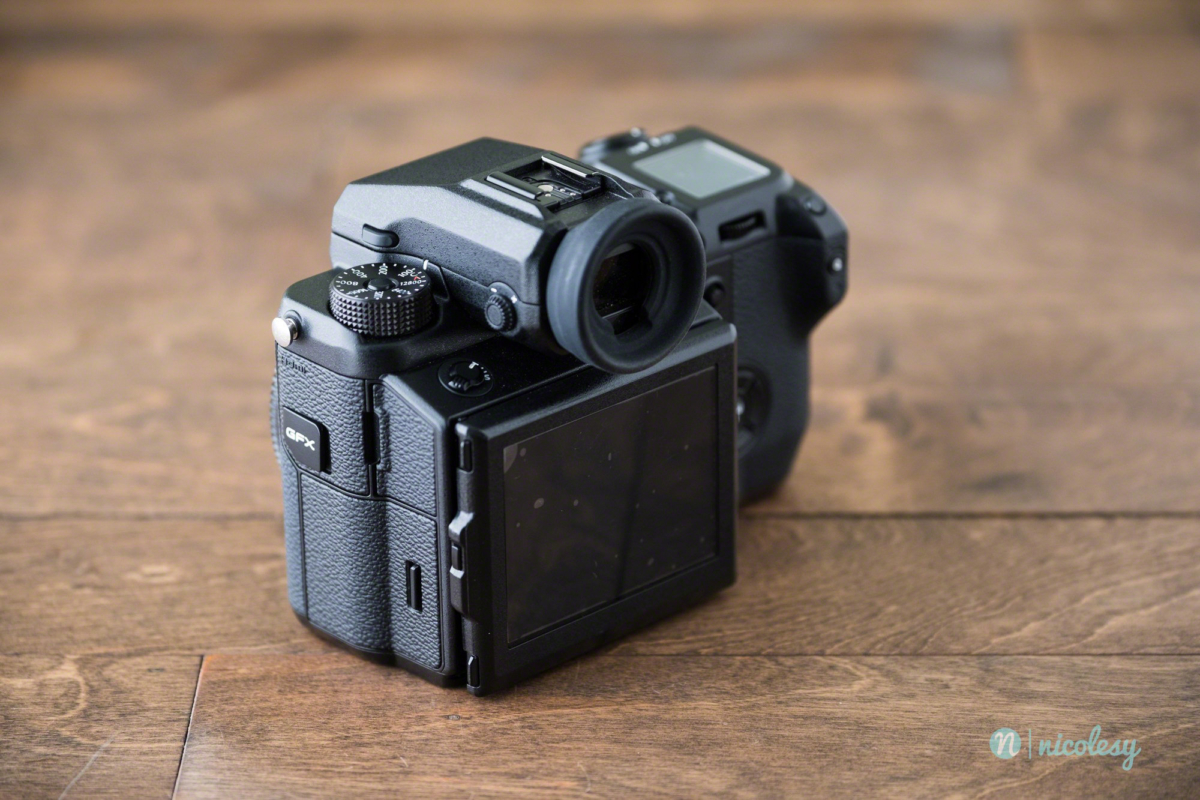
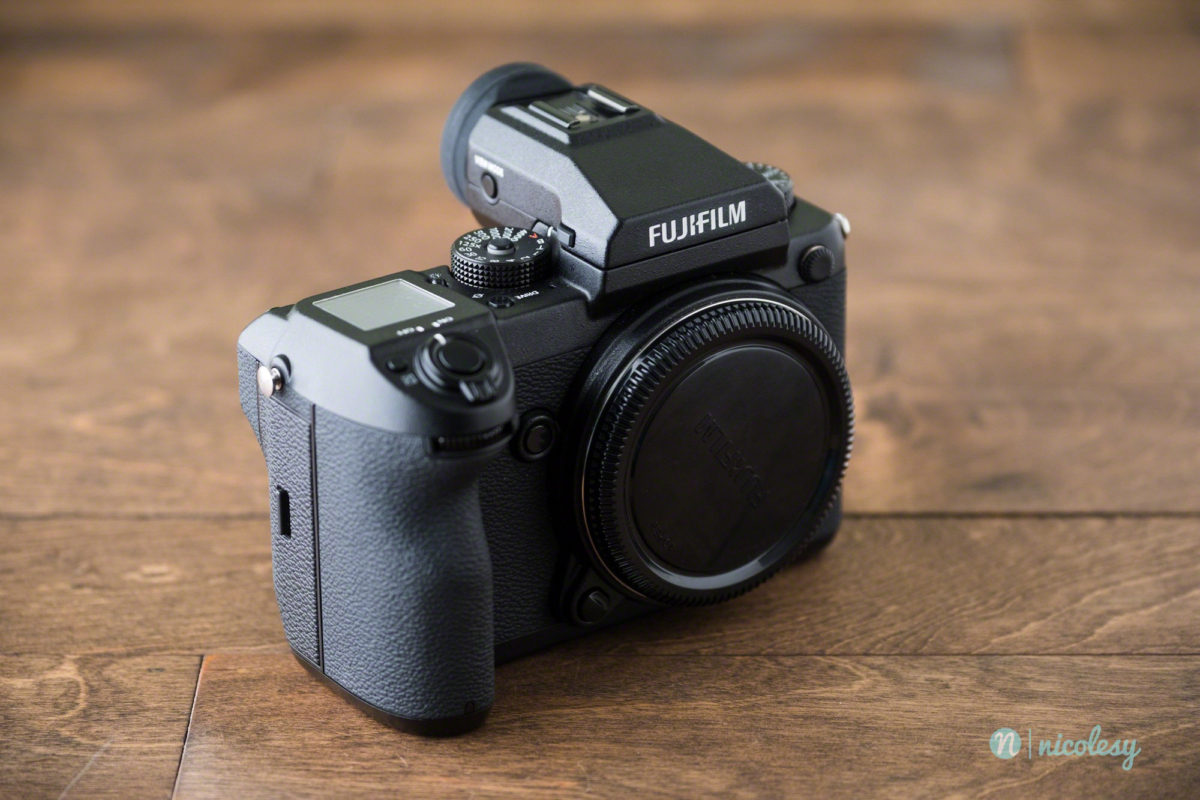

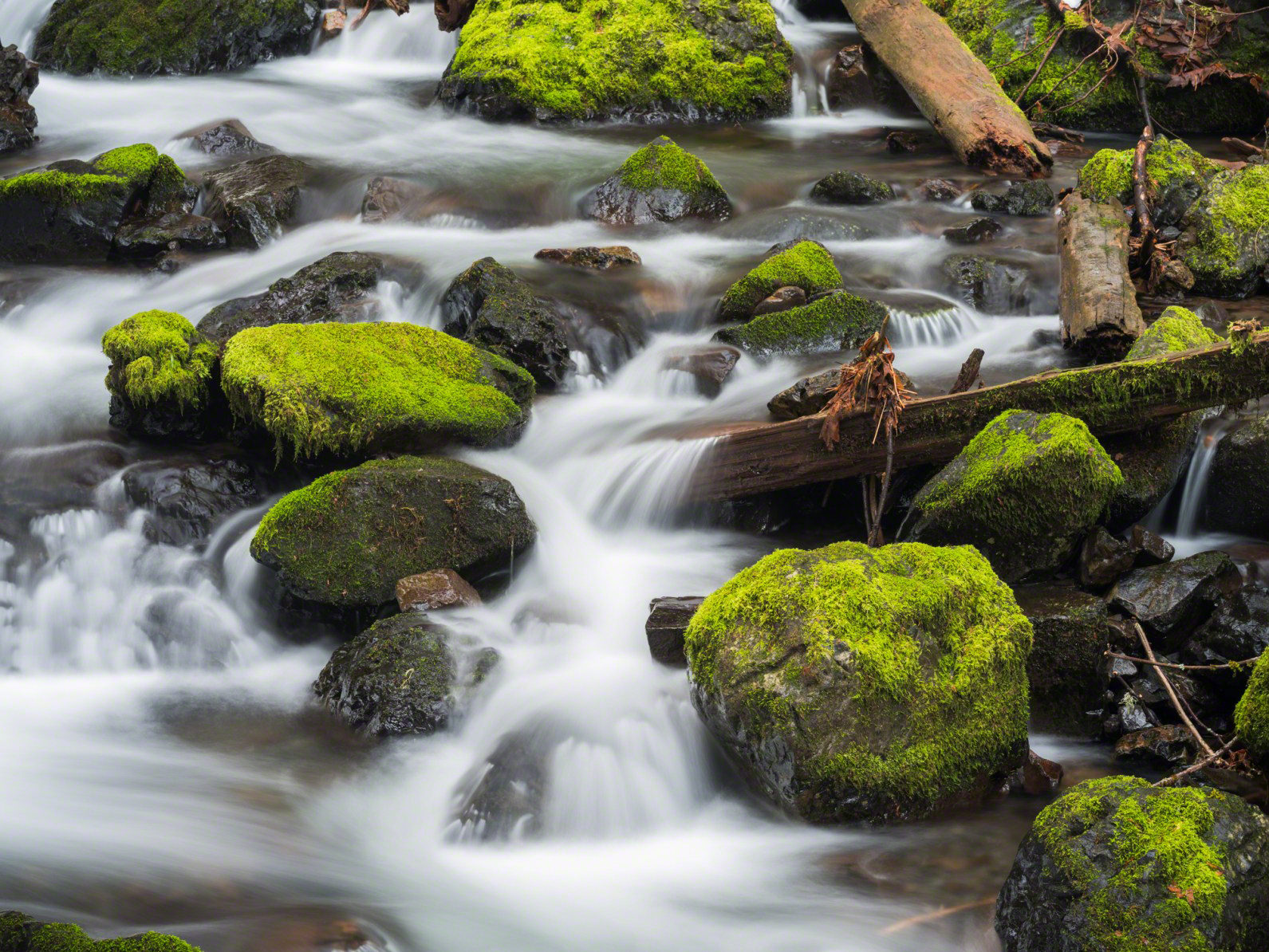
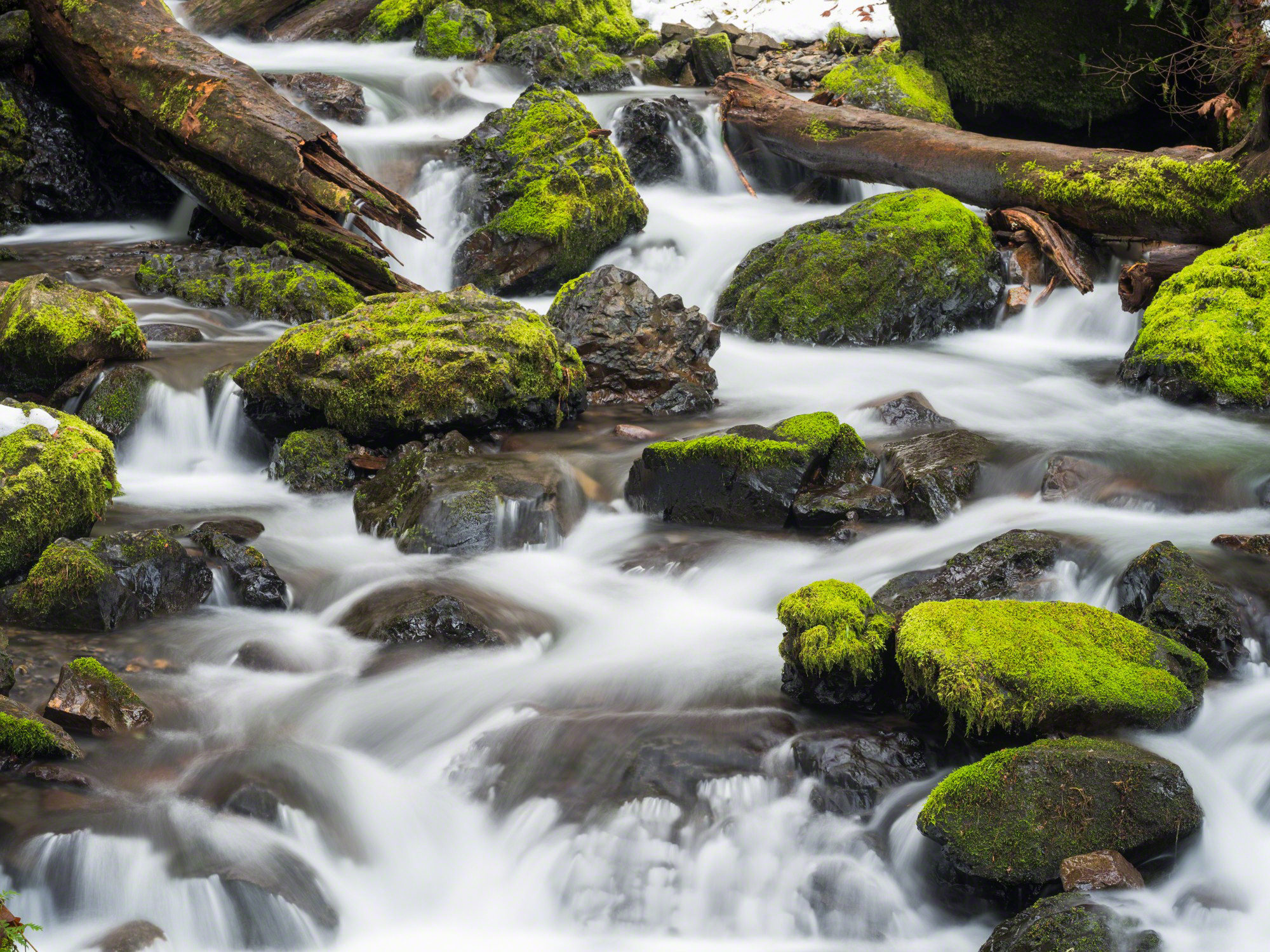
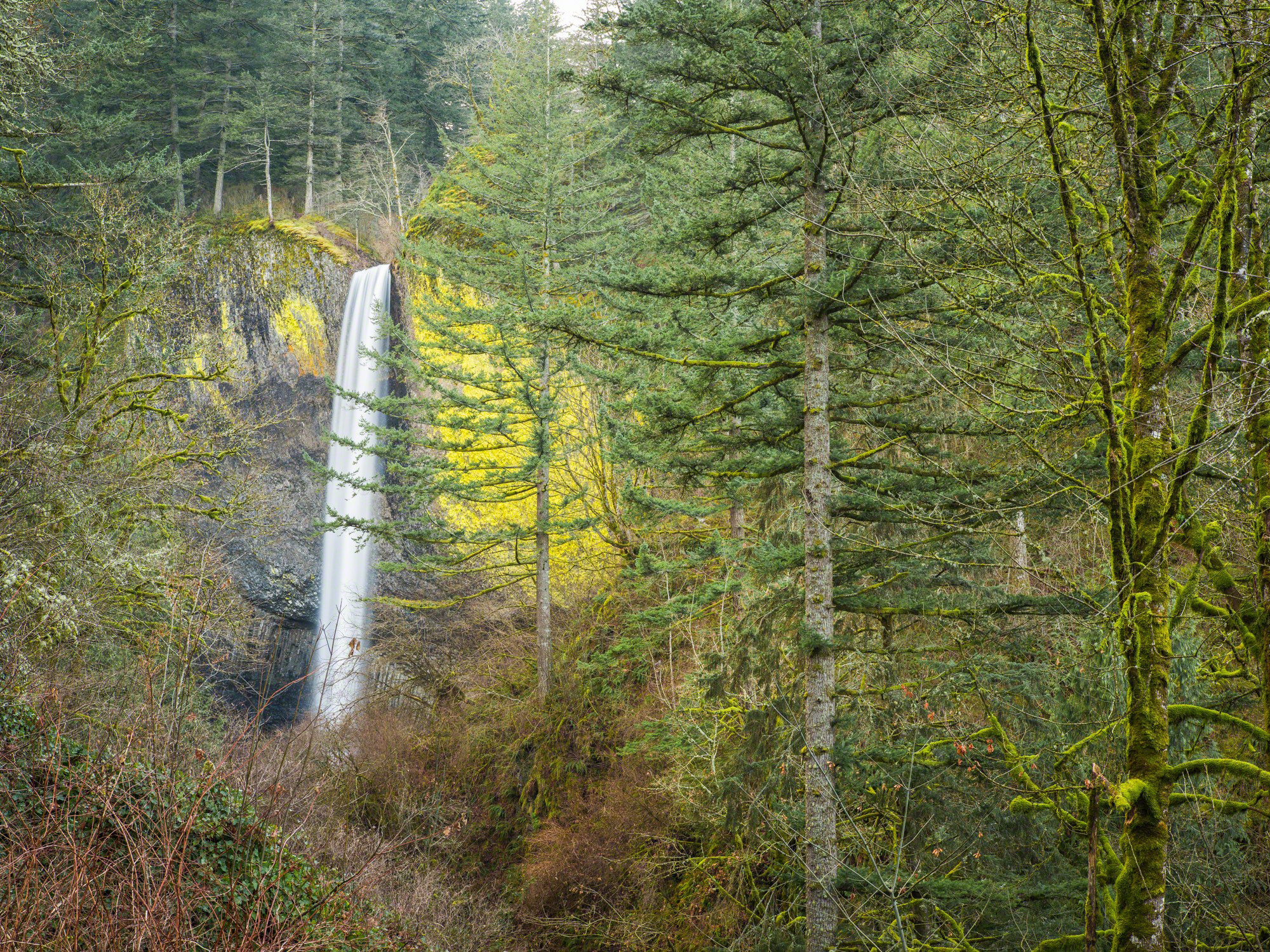
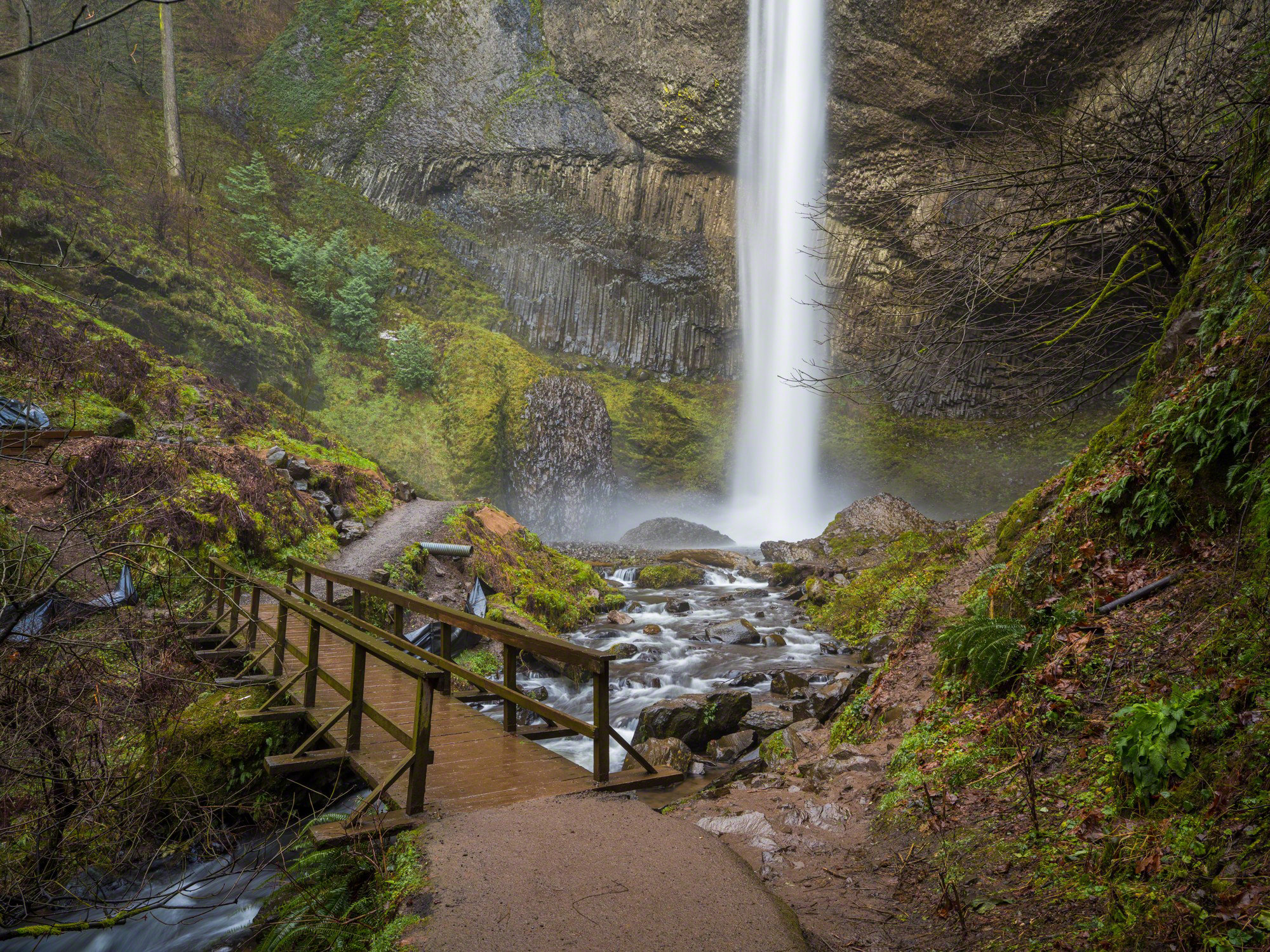
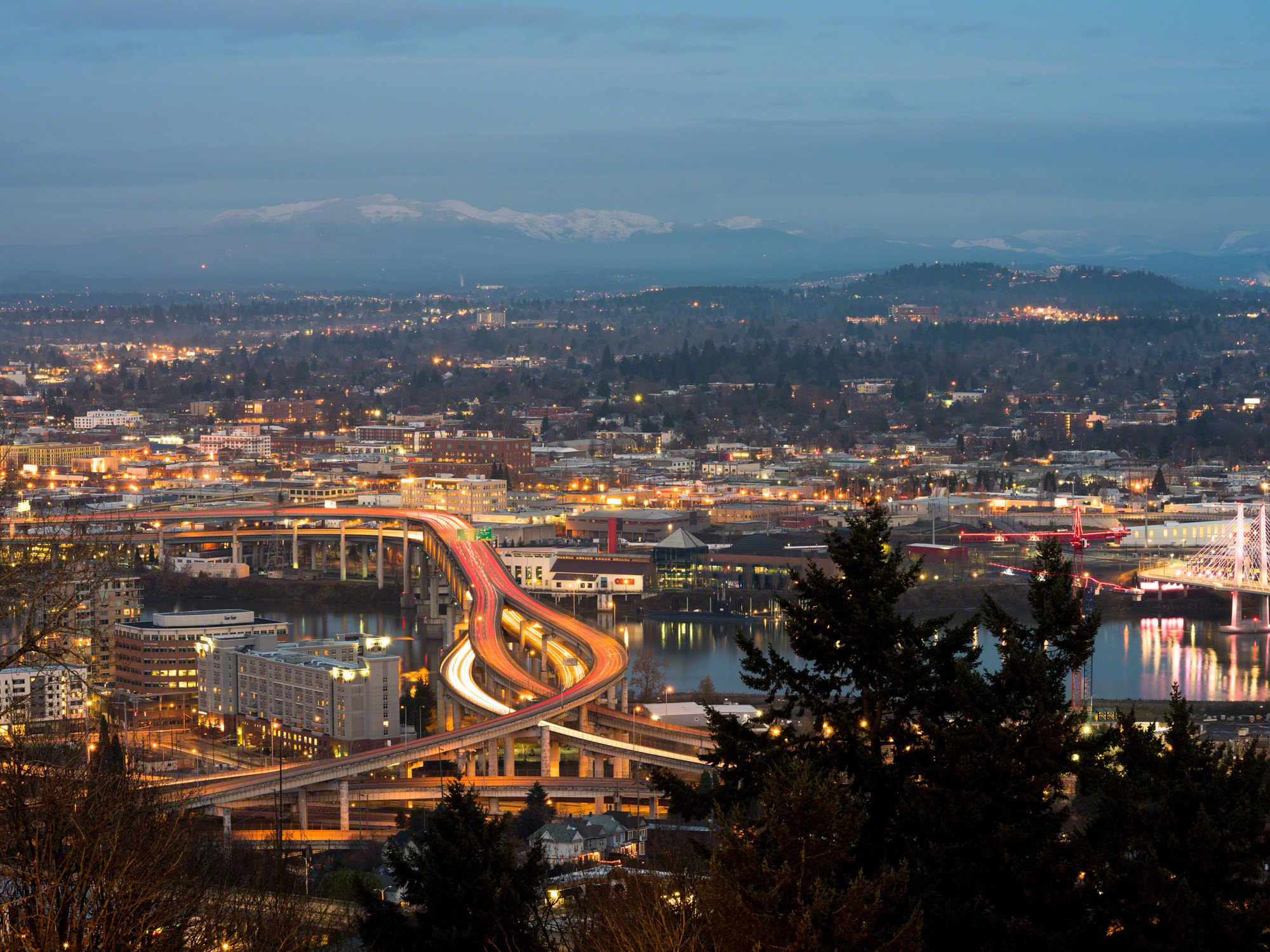

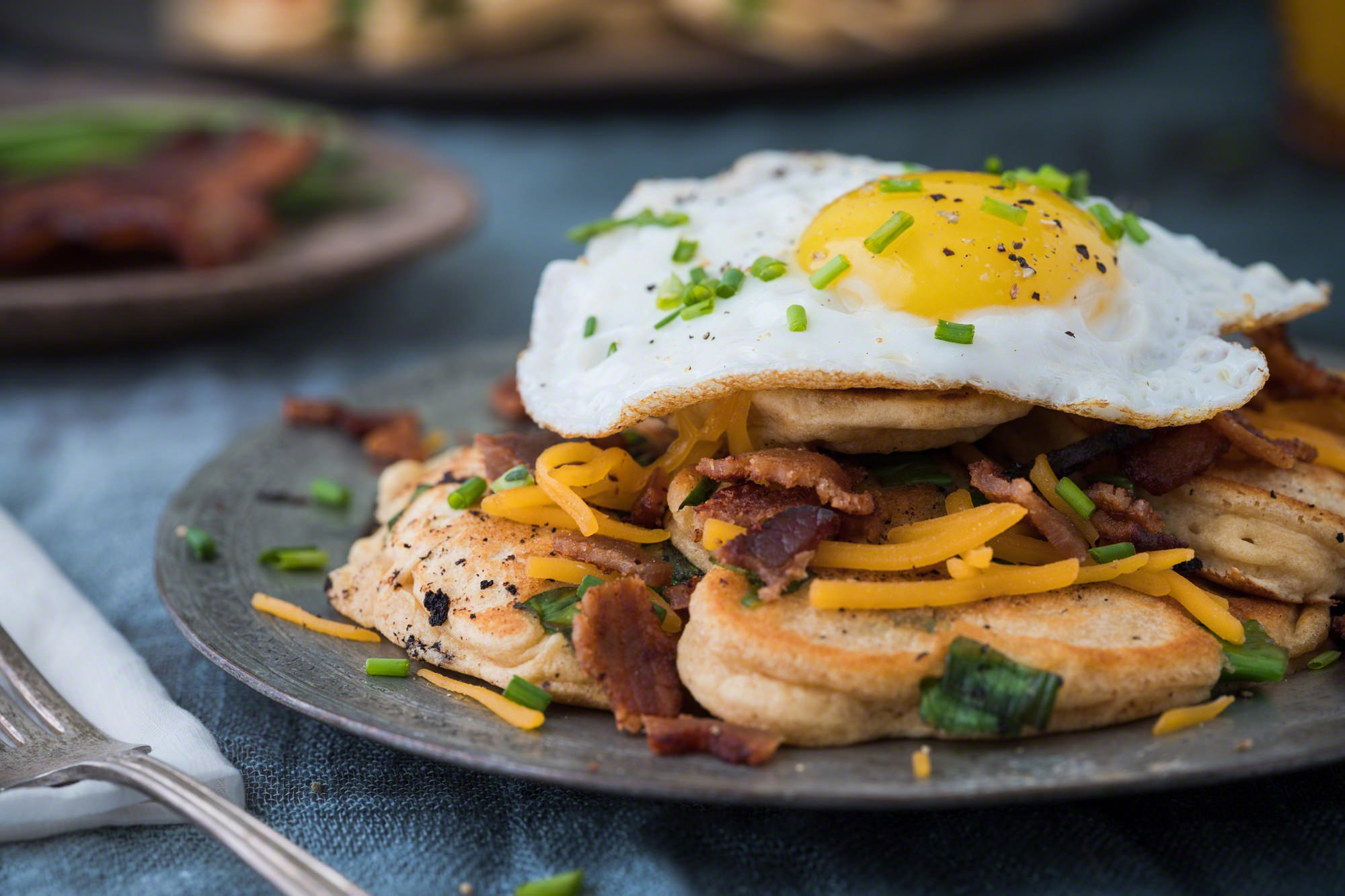
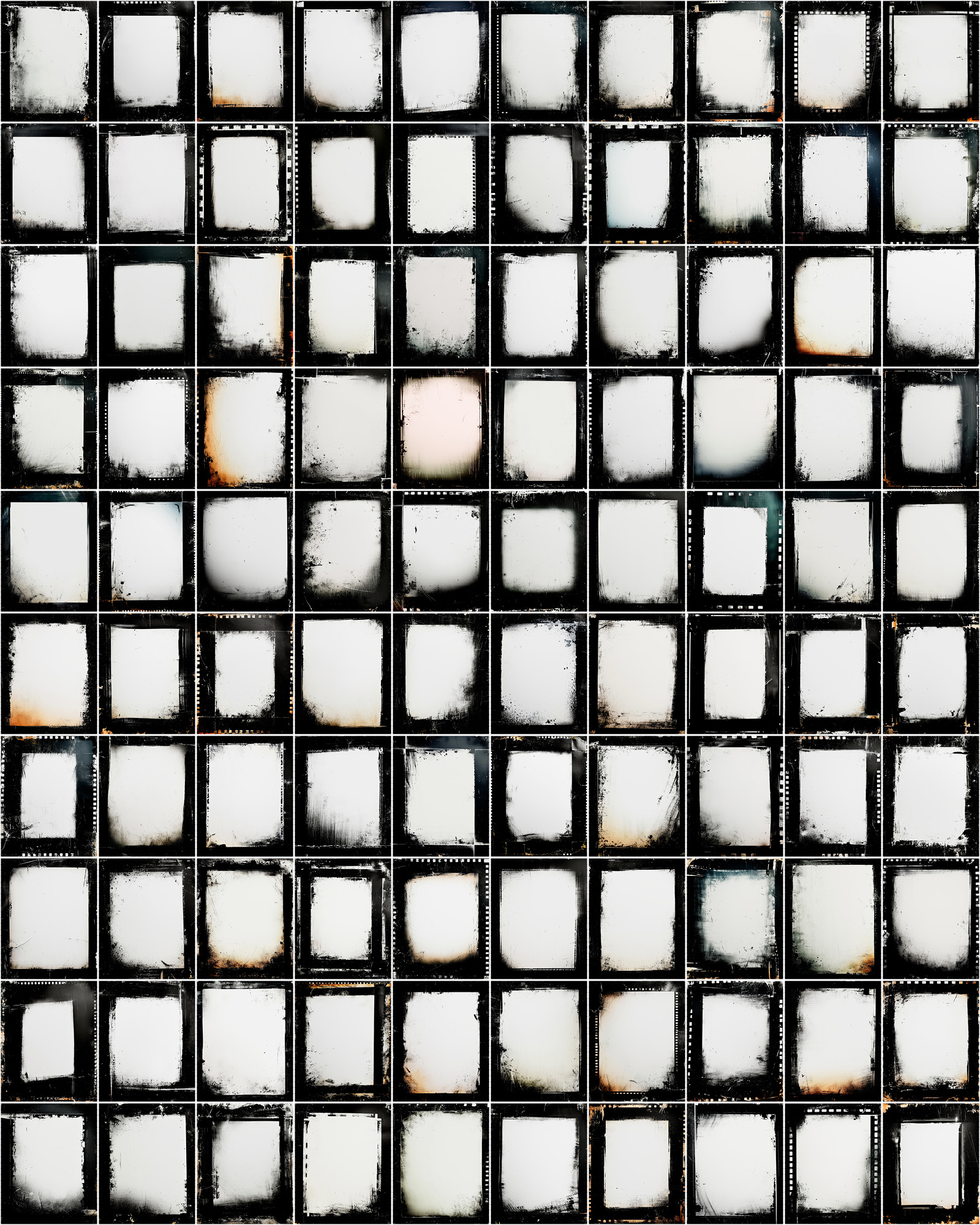


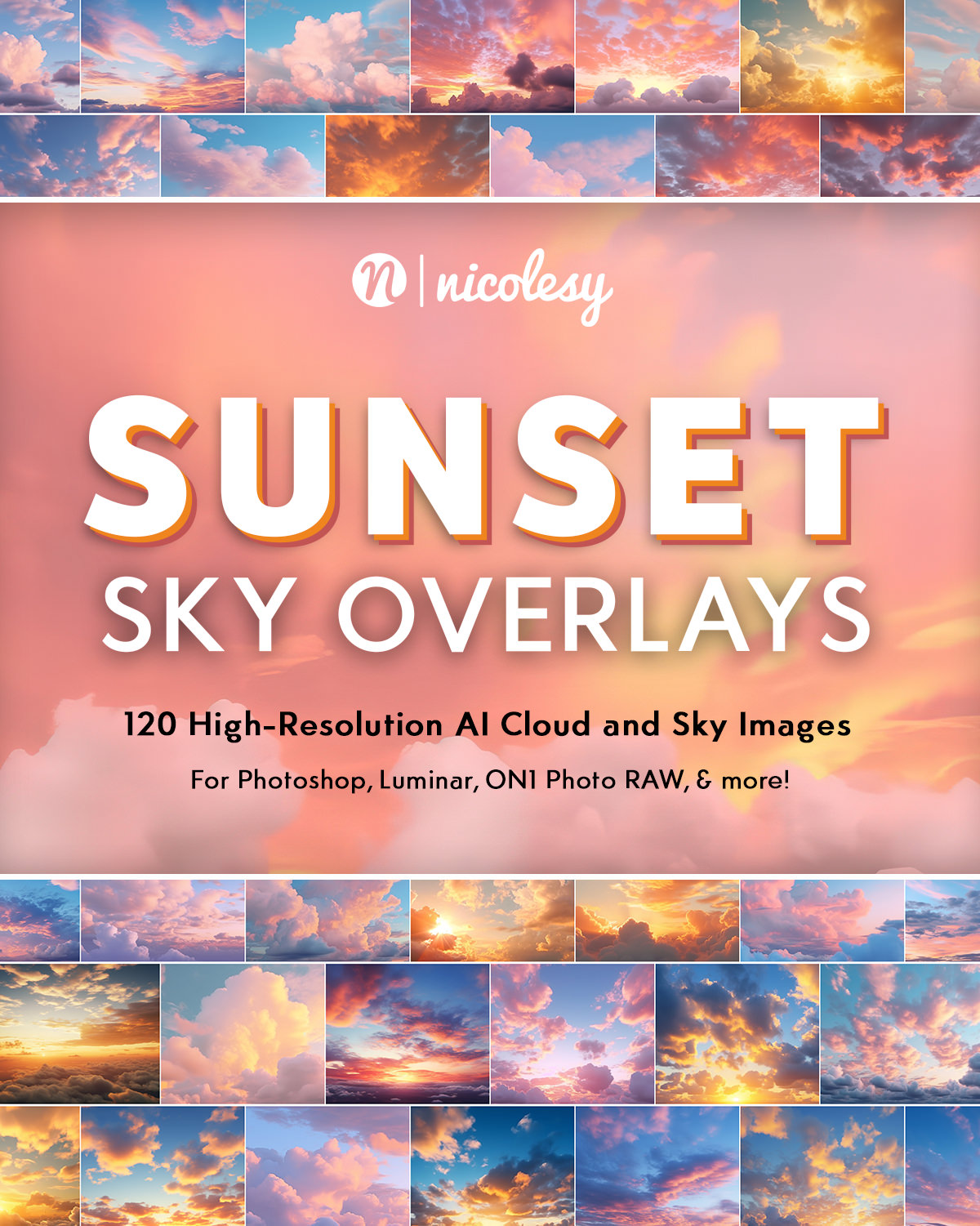

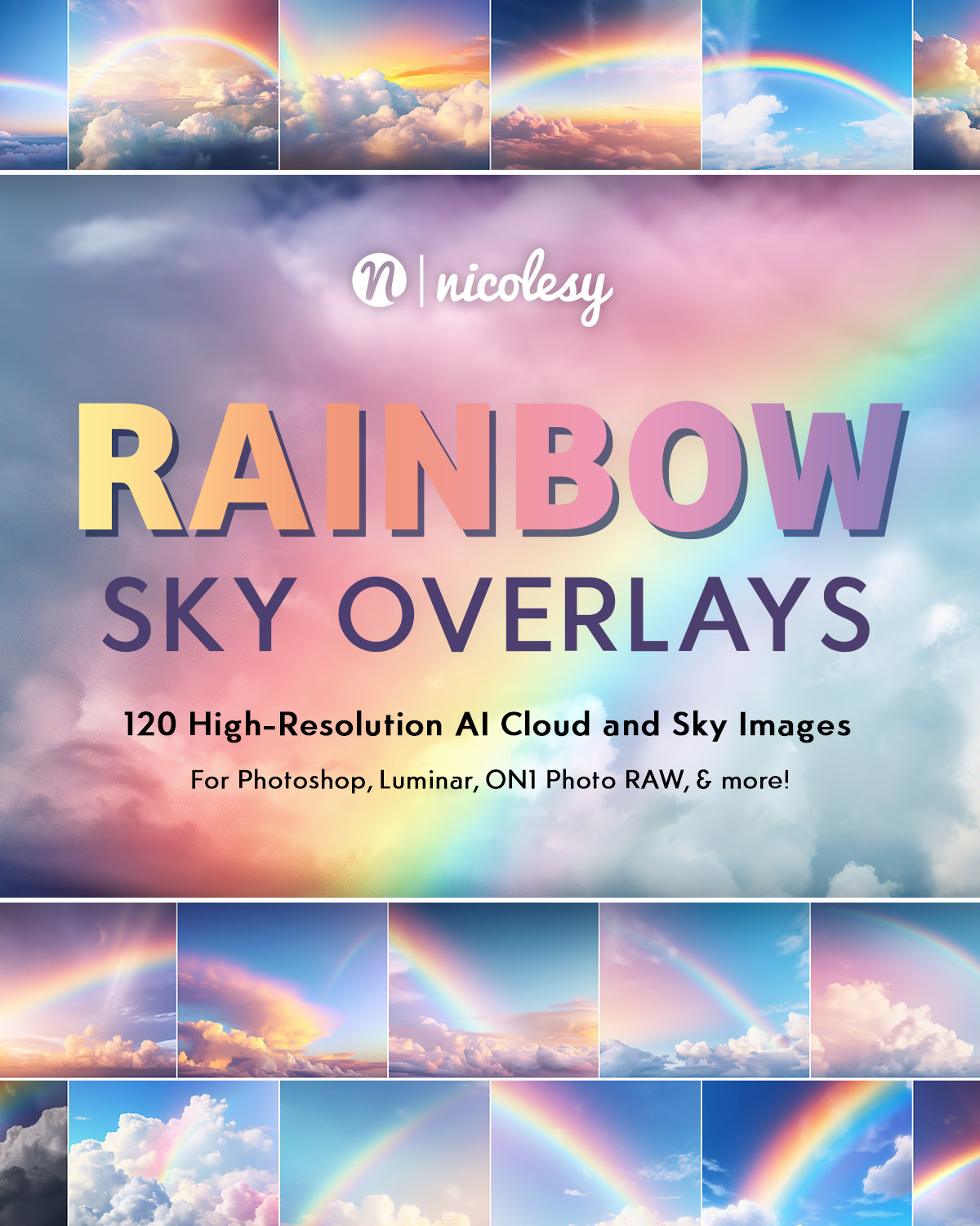
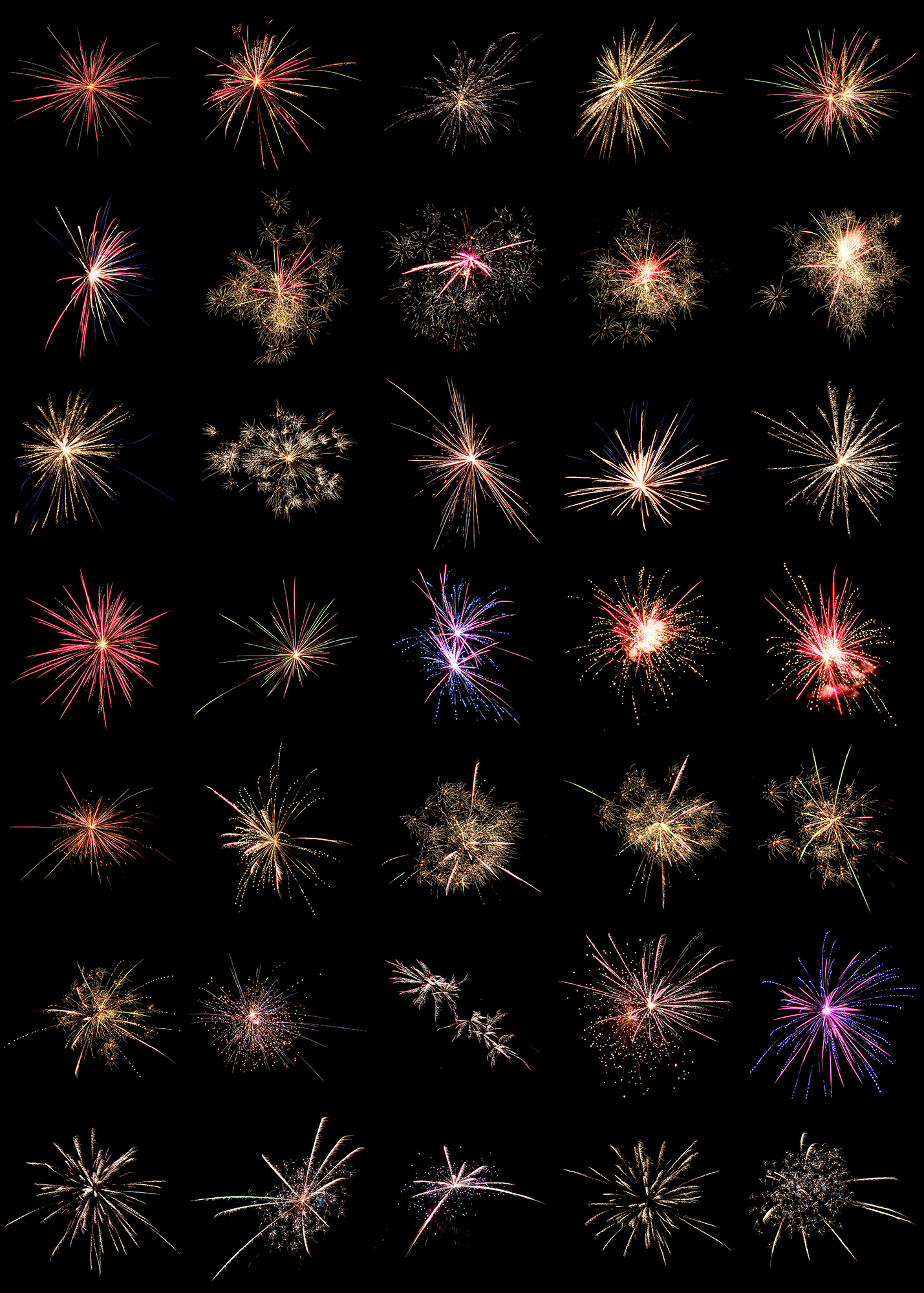
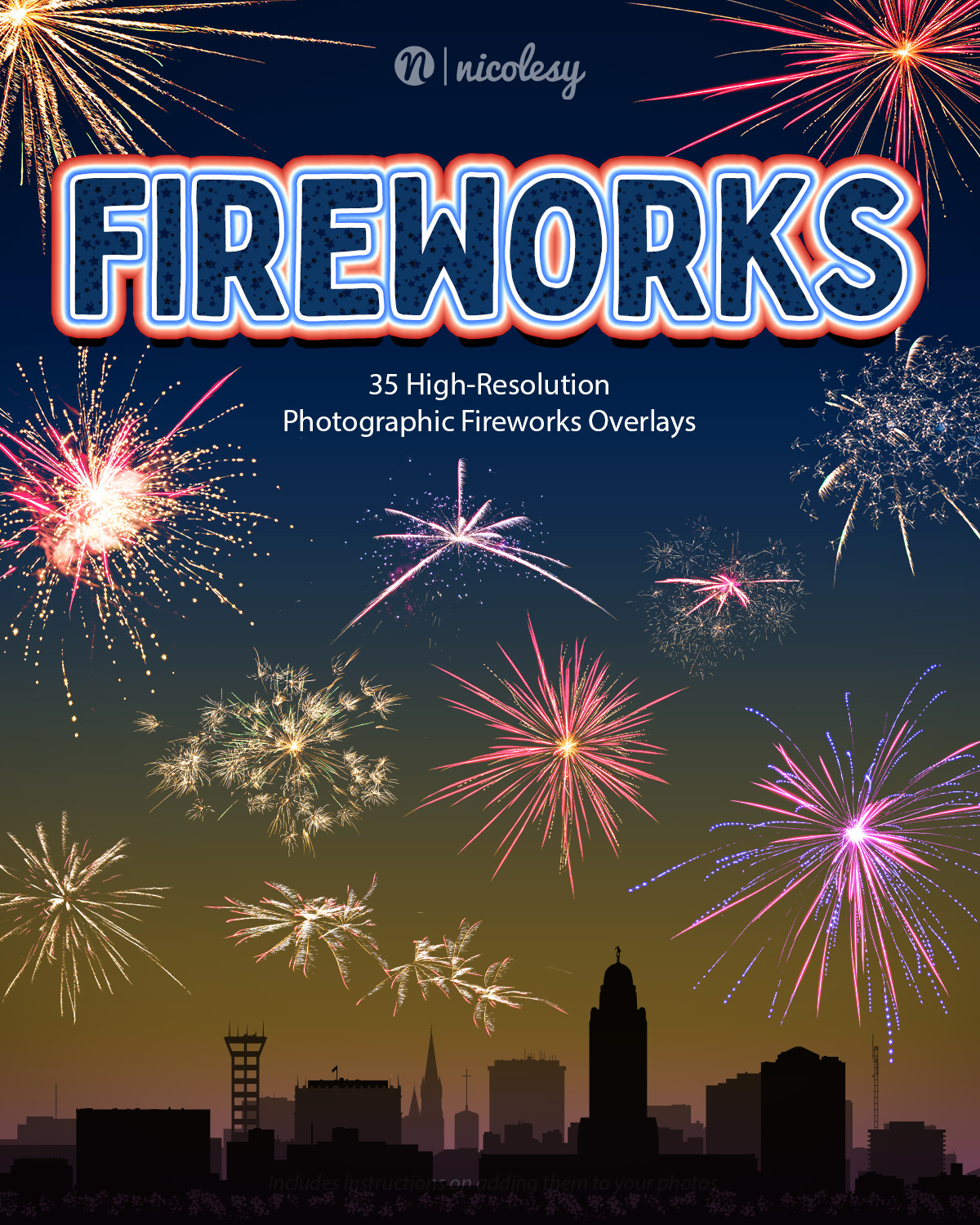
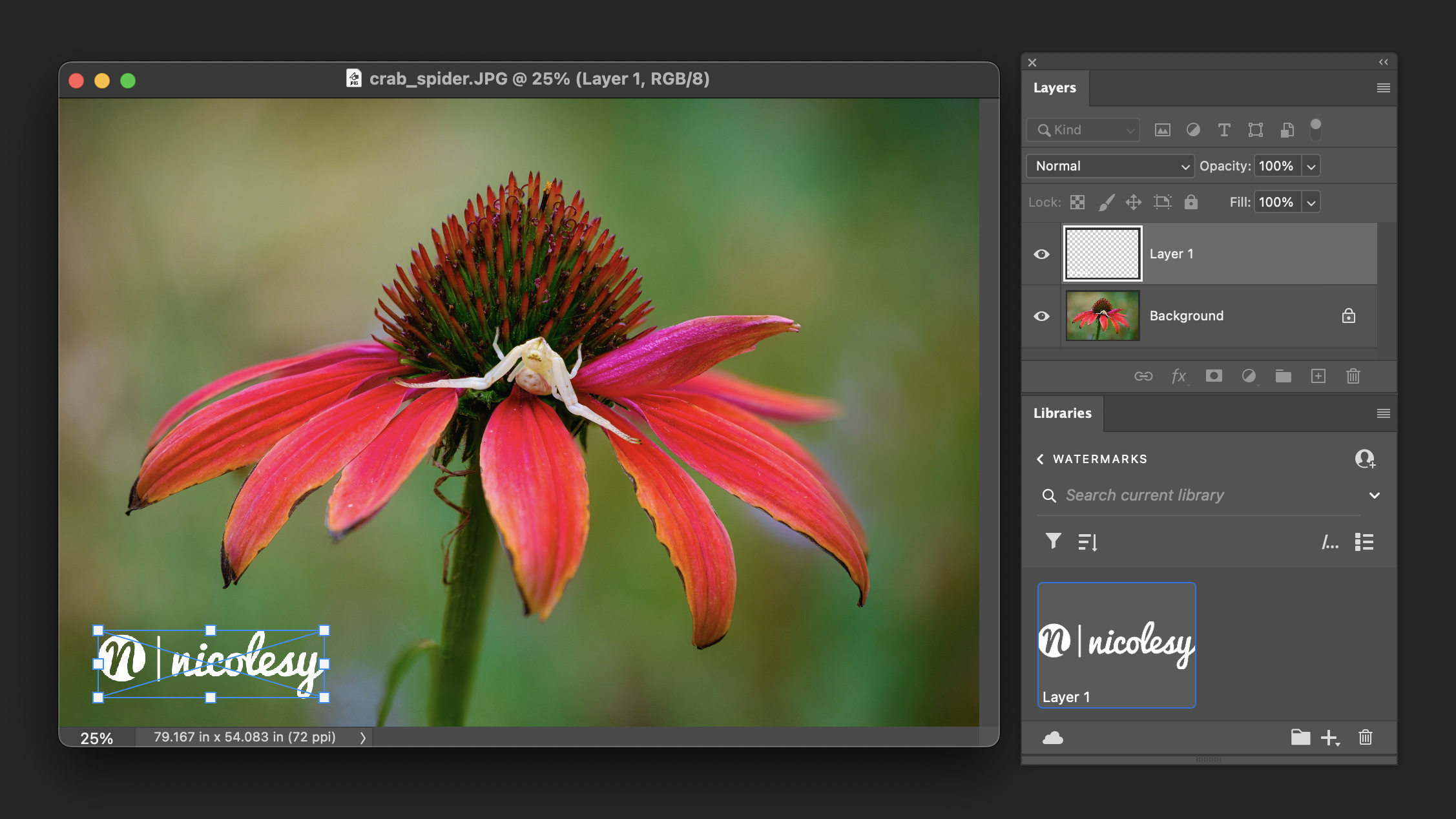
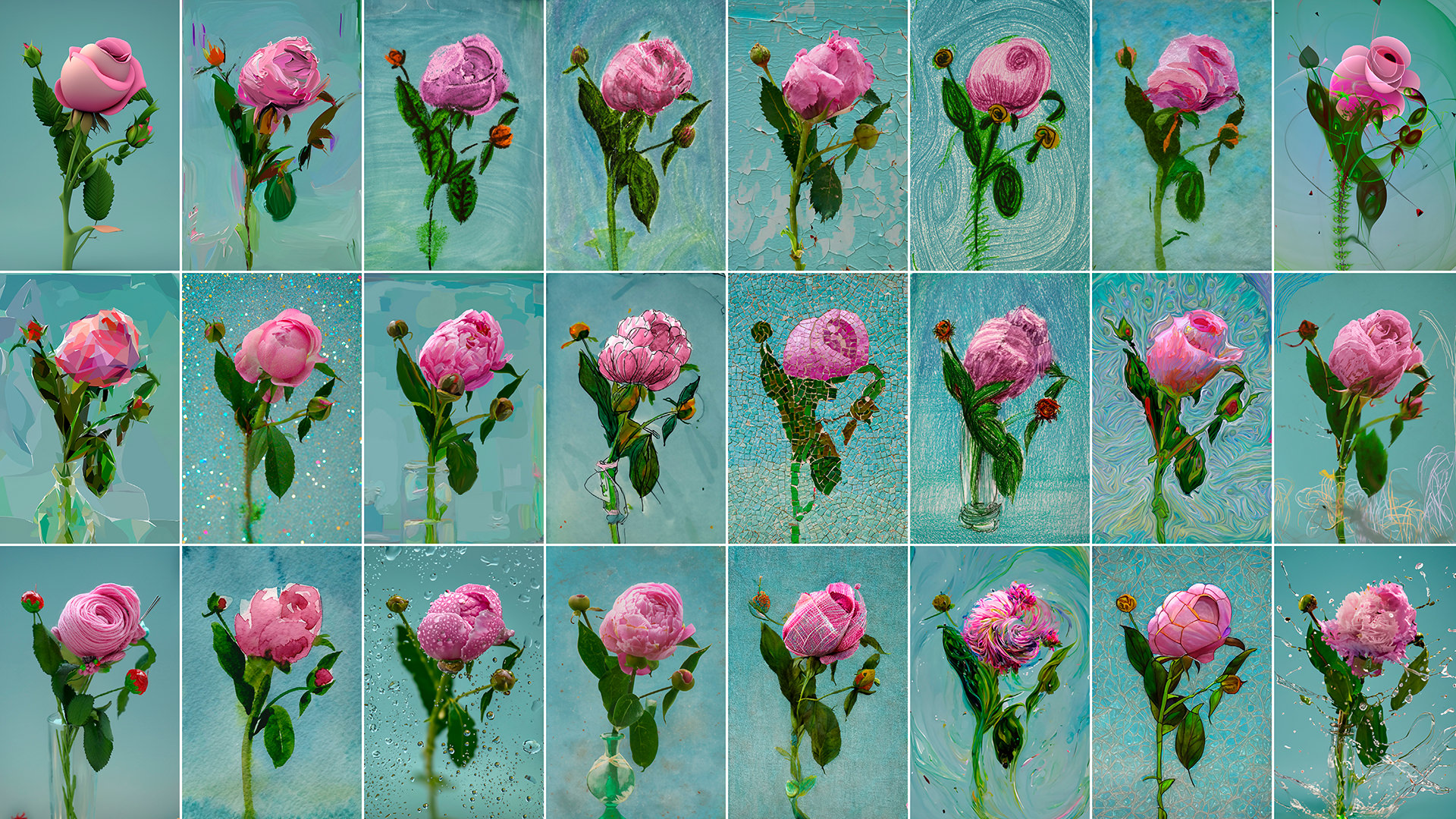
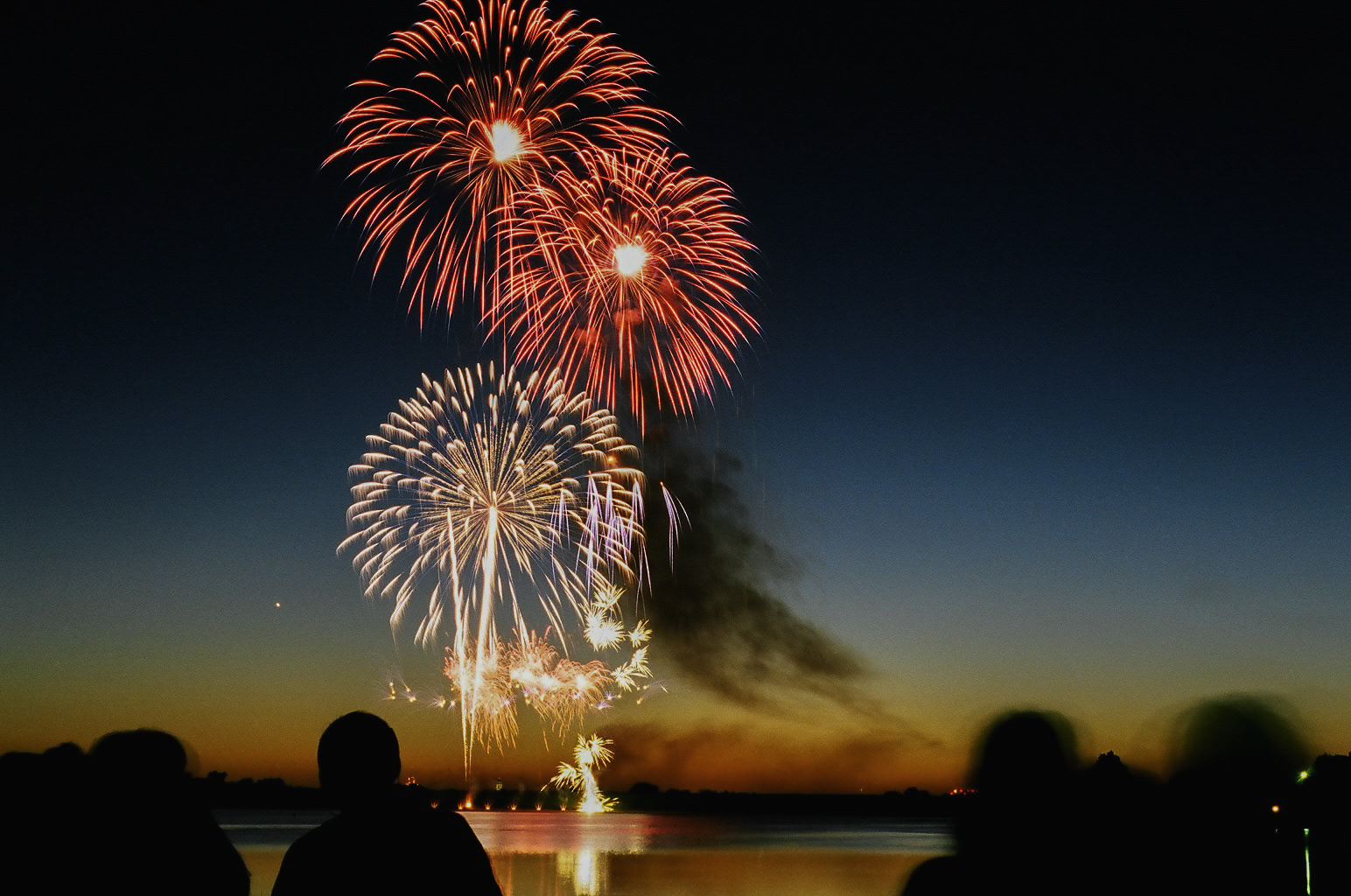
Thank you Nicole for your review/thoughts on the Fujifilm X50S. Many years ago I use to shoot a lot with medium format film cameras such as the Bronica, Mamiya and also Hasselblad. Now totally a Fujifilm shooter, I don’t miss the weight of the camera. I can only image the quality of your images from the camera. I also enjoyed your images from the camera. As always nice work!
Thanks for the review. I just think tit’s not bulky for a medum format, but that is still to change with the new mirroless Hasselblad. Beautiful photos!